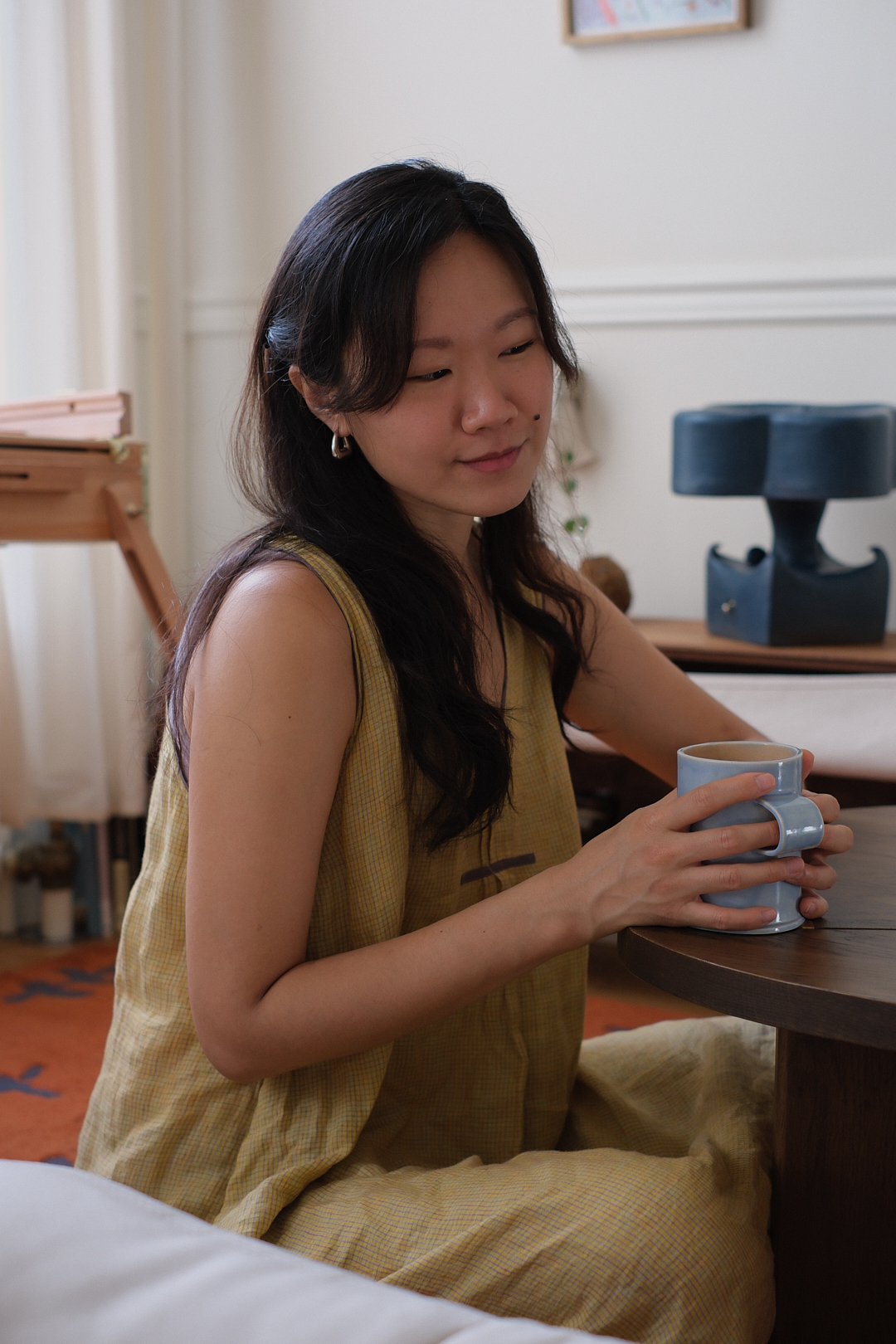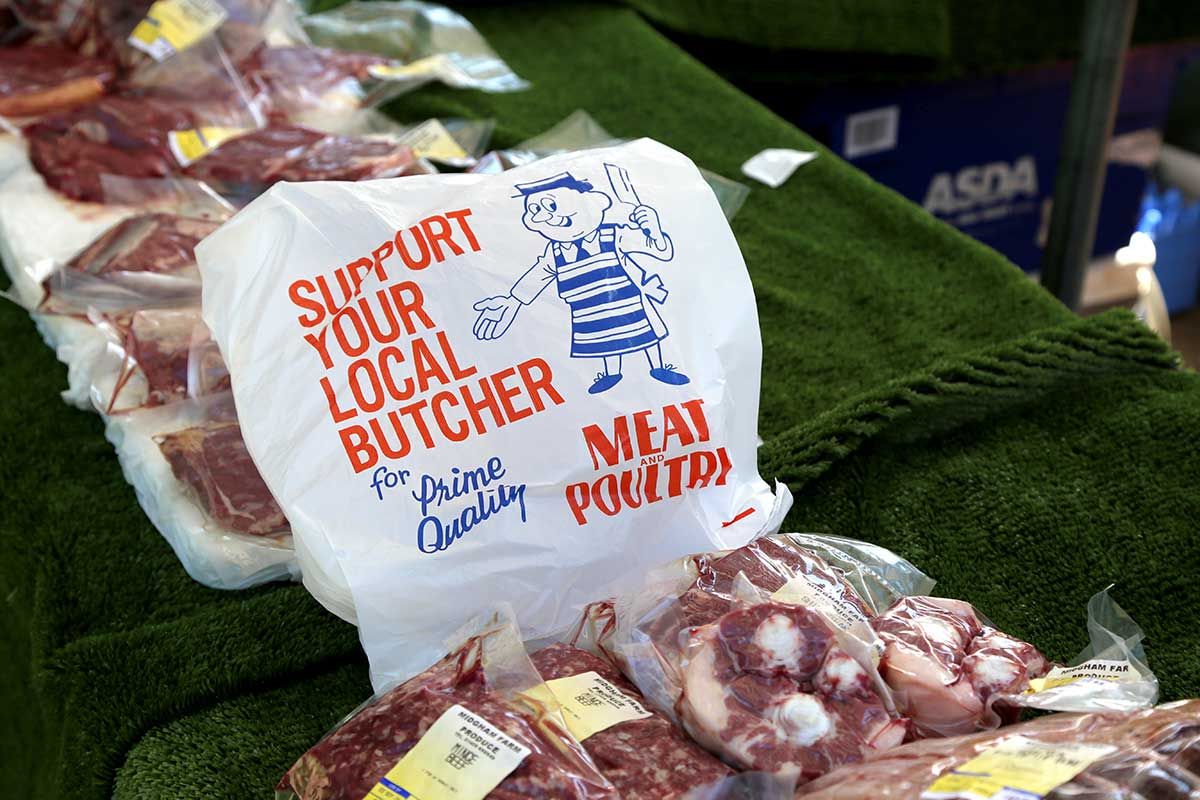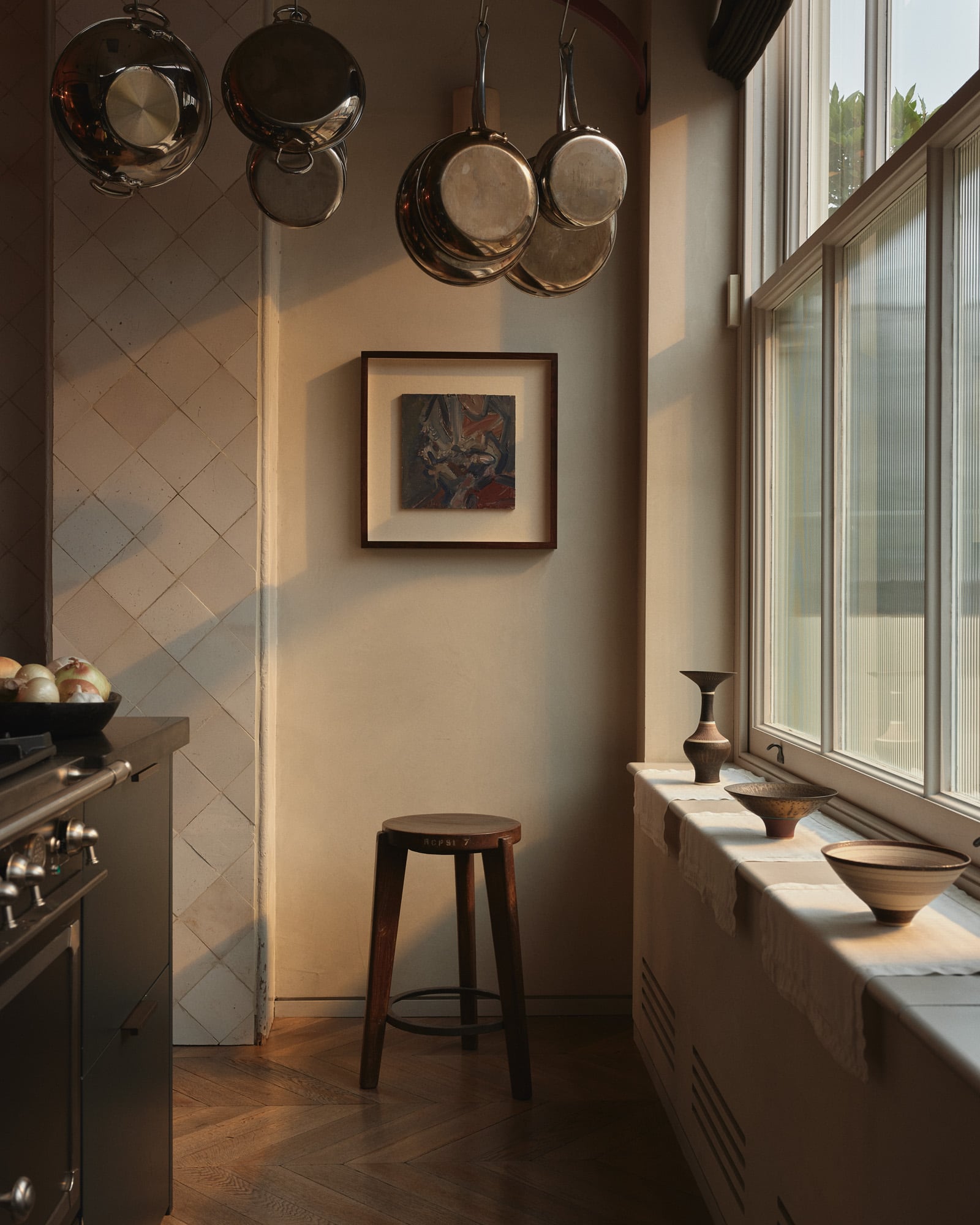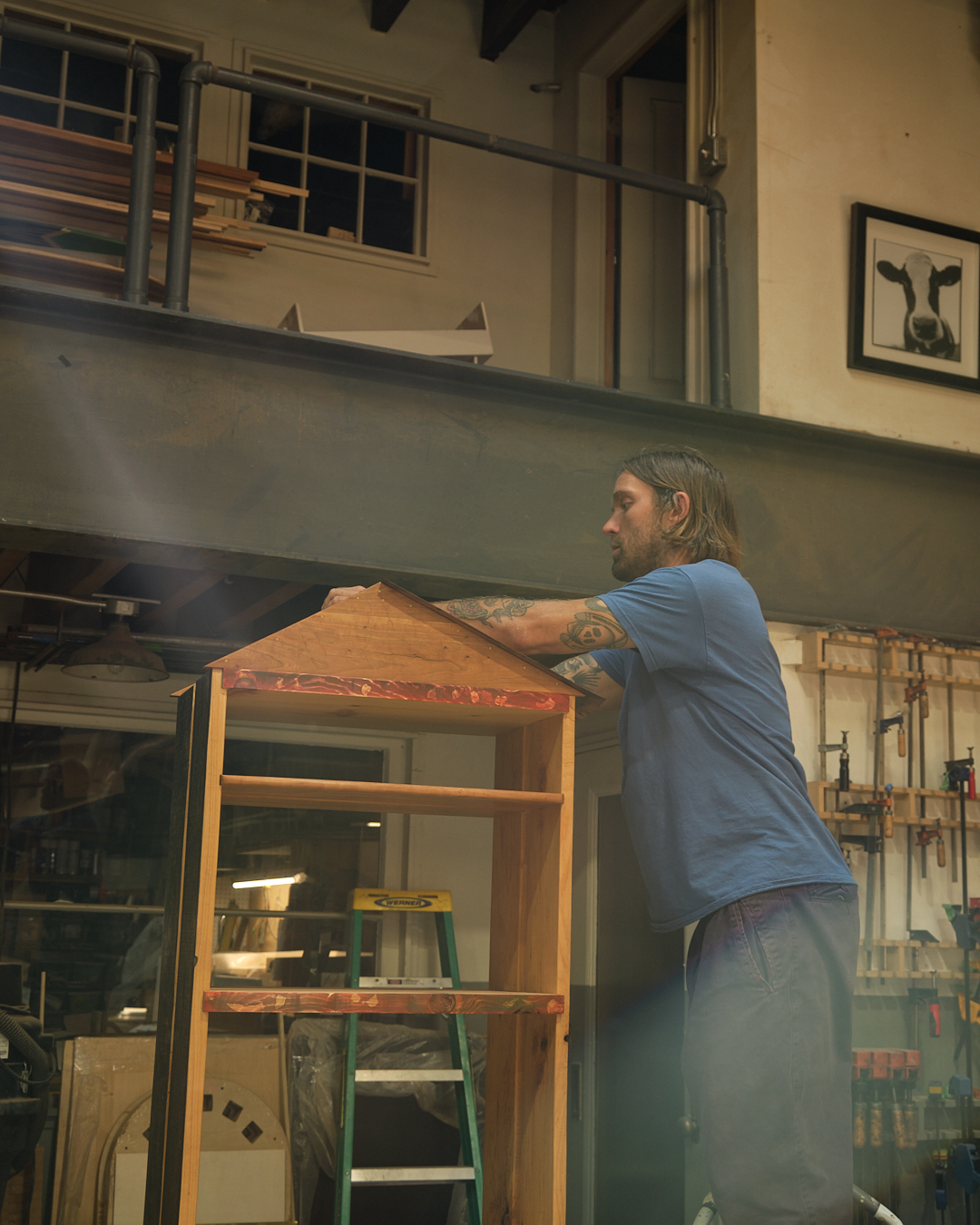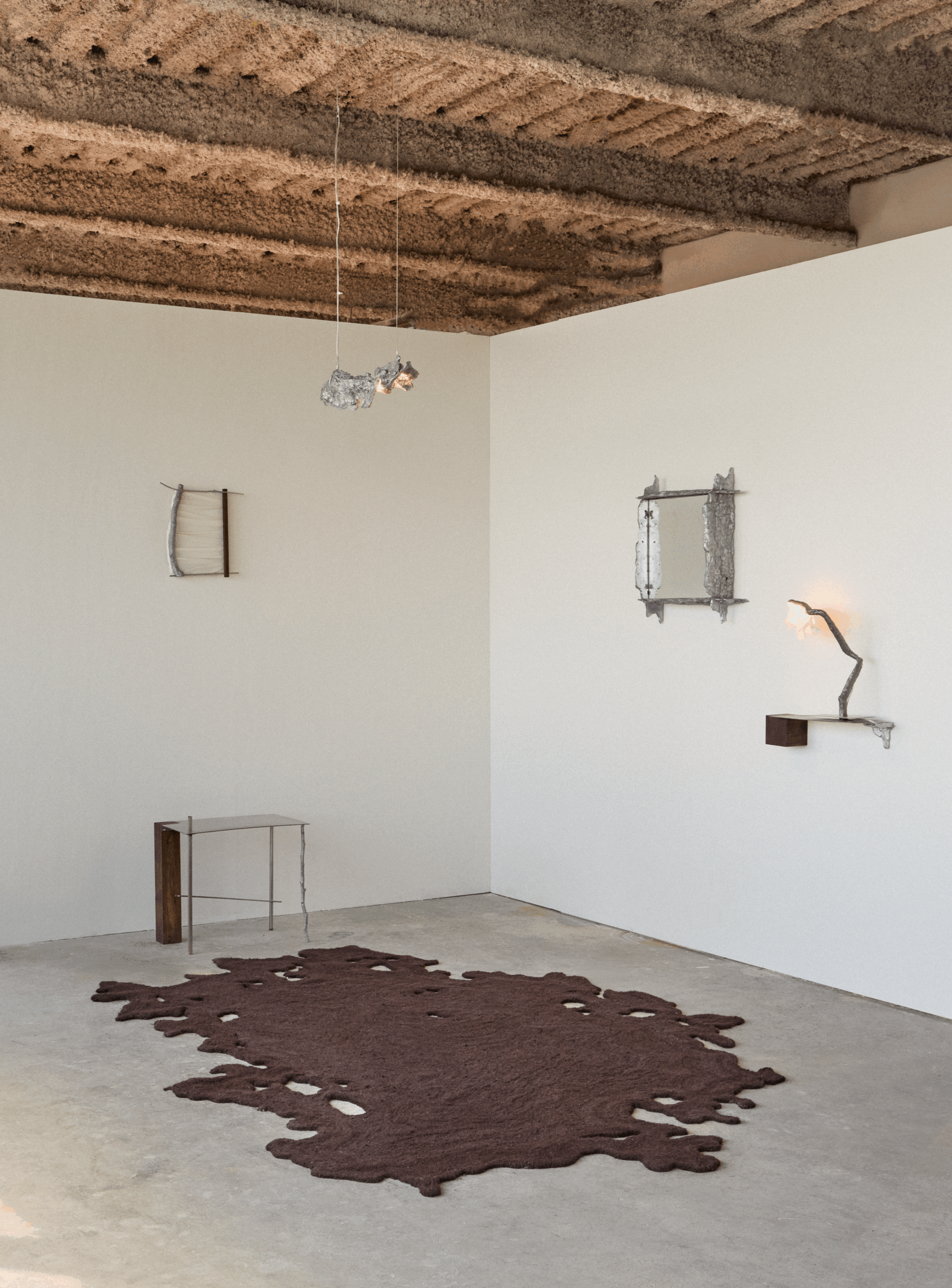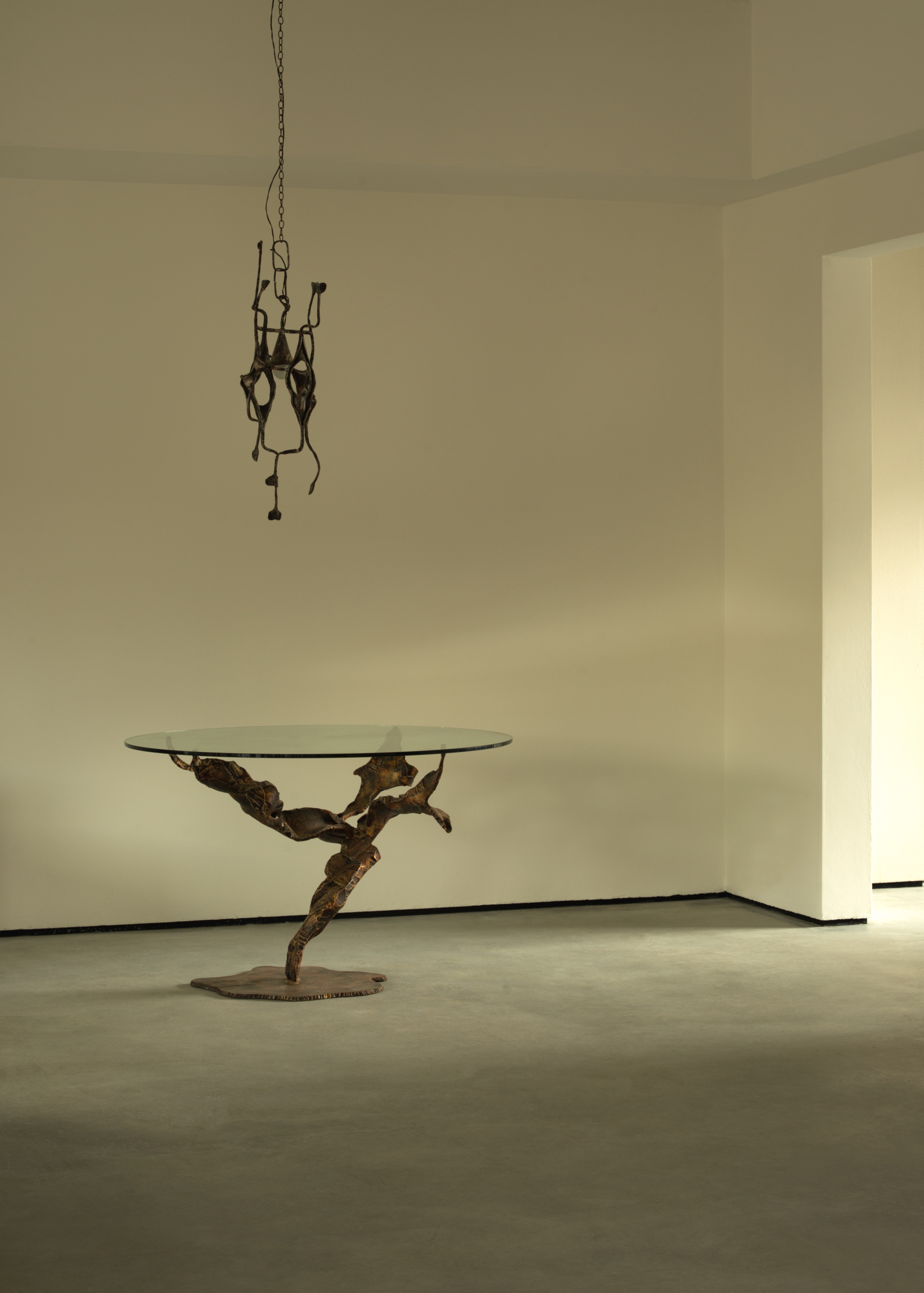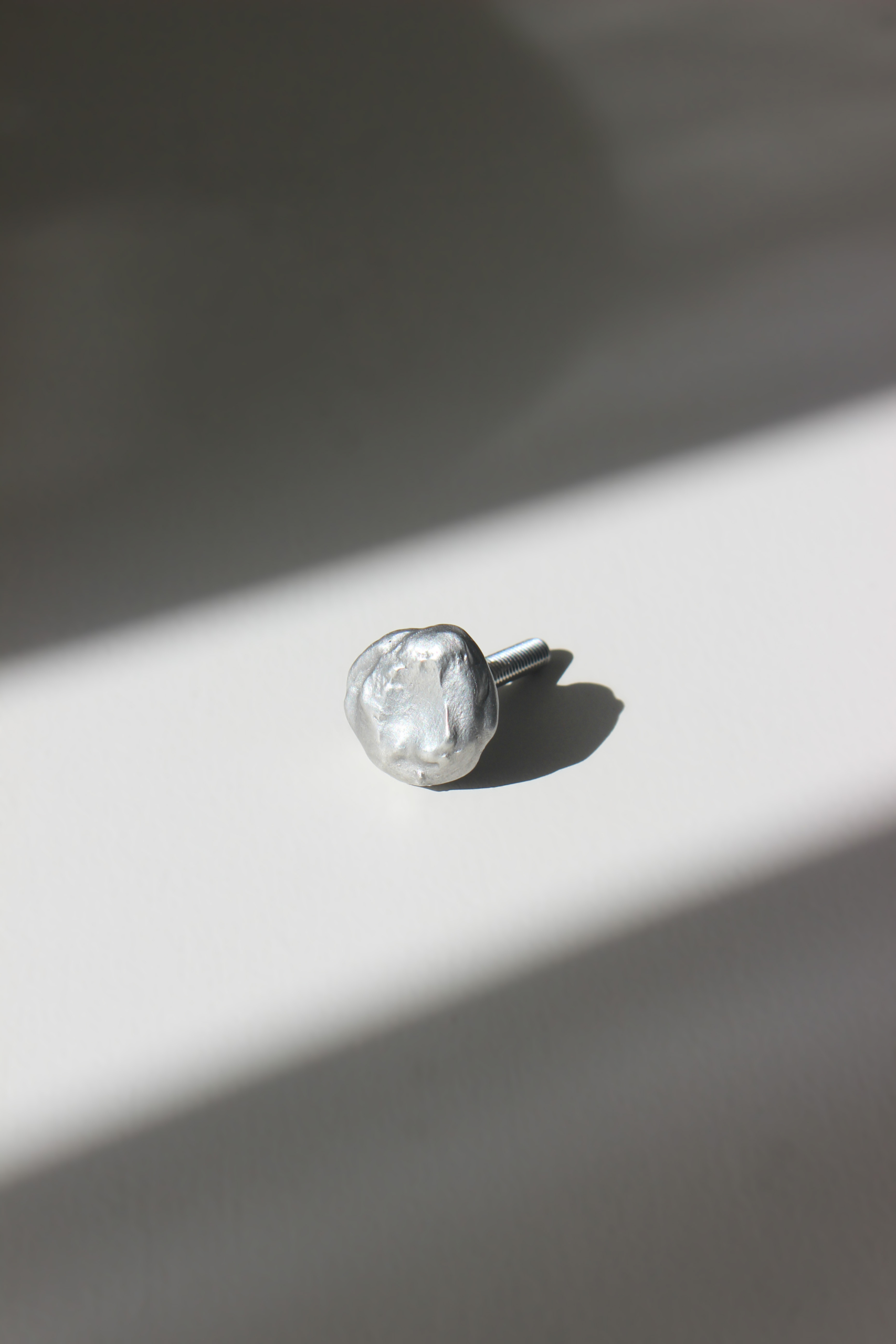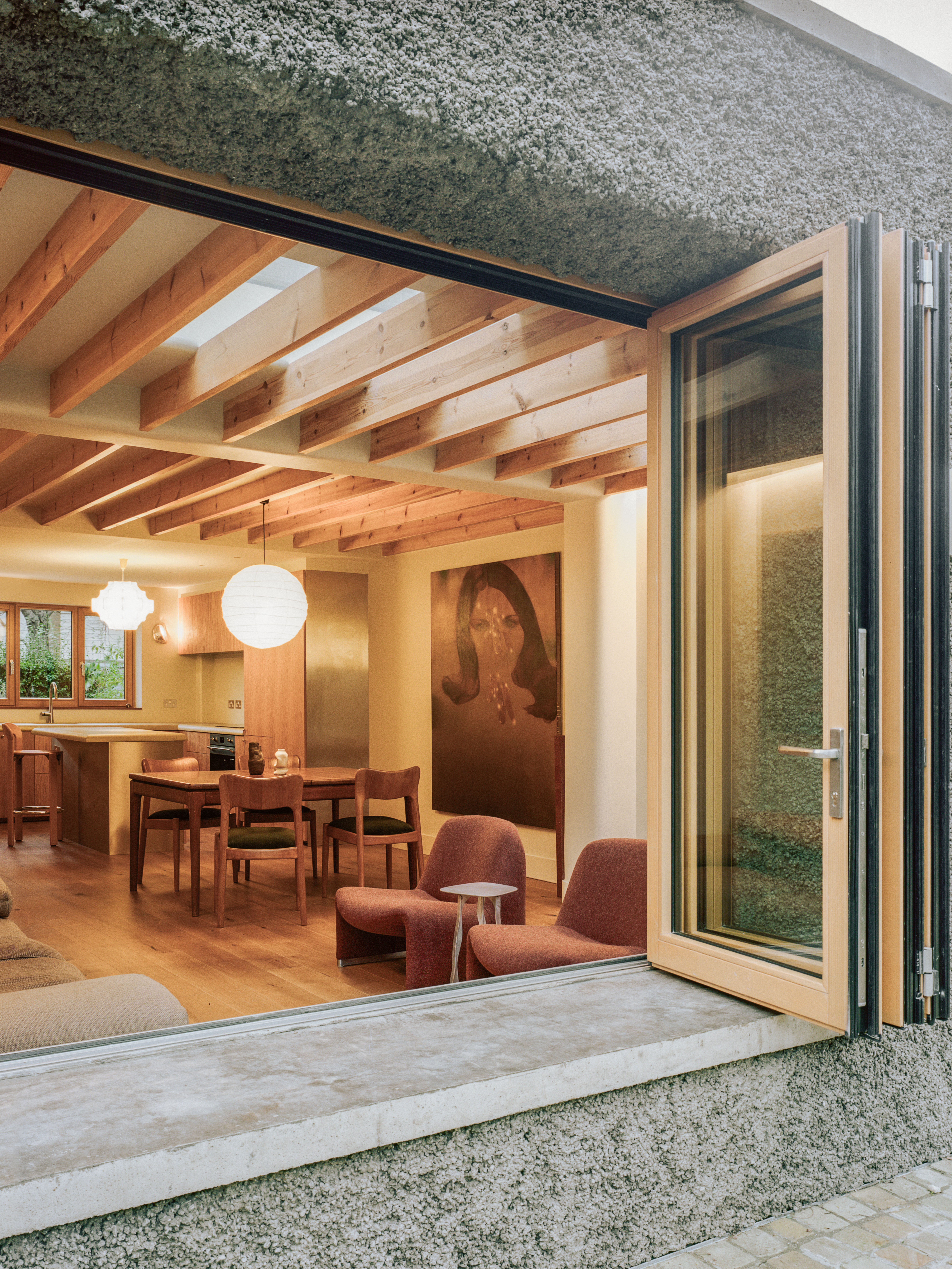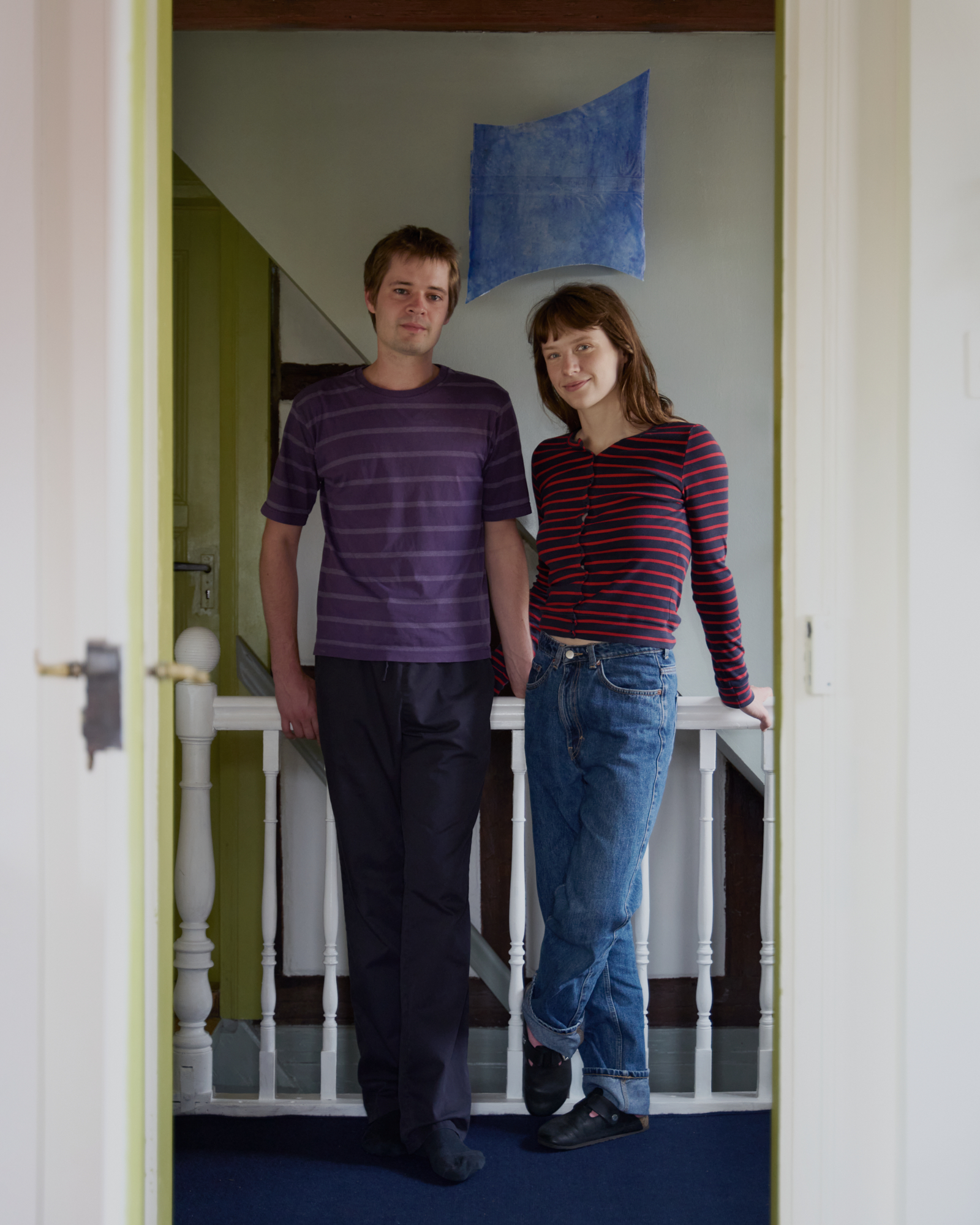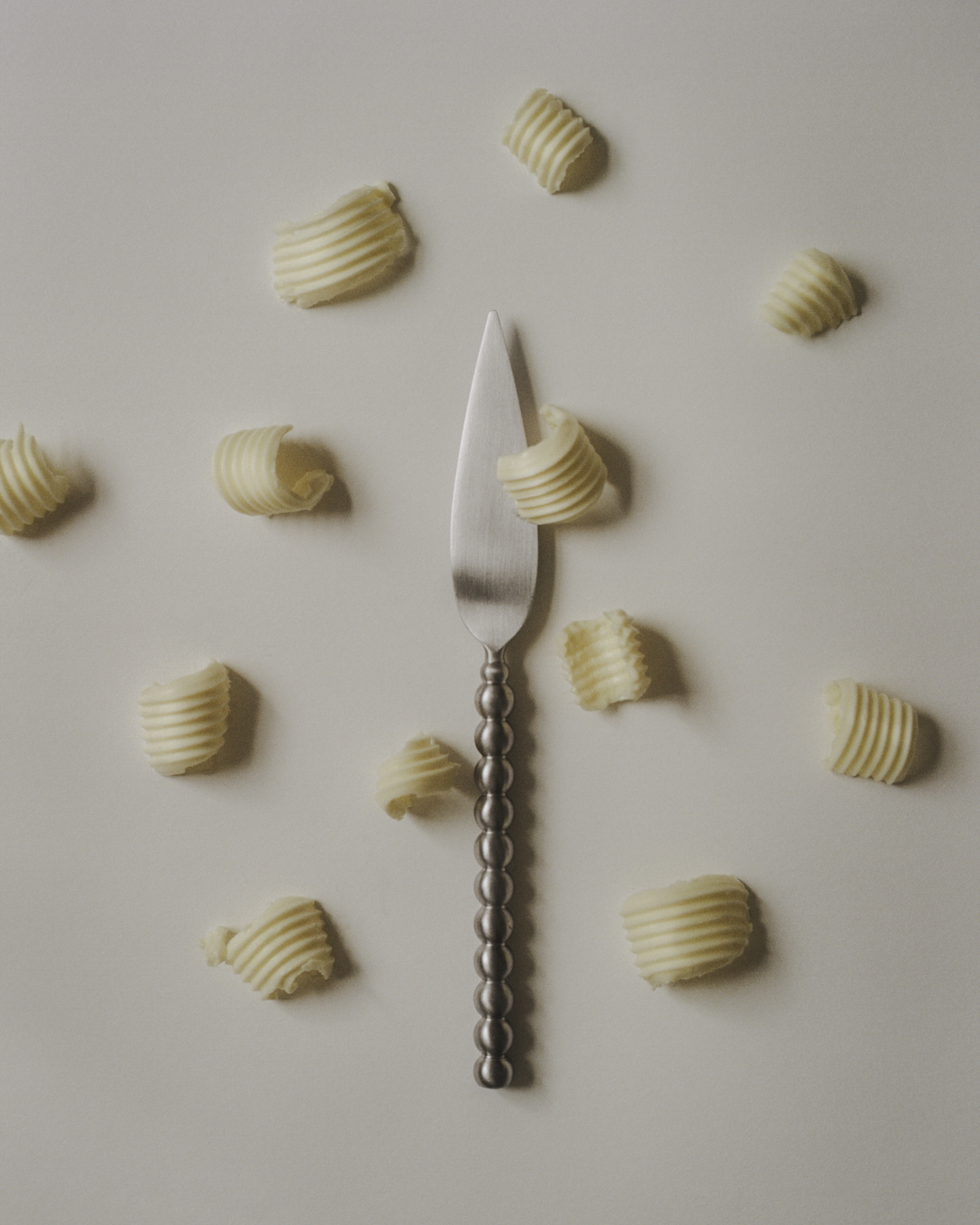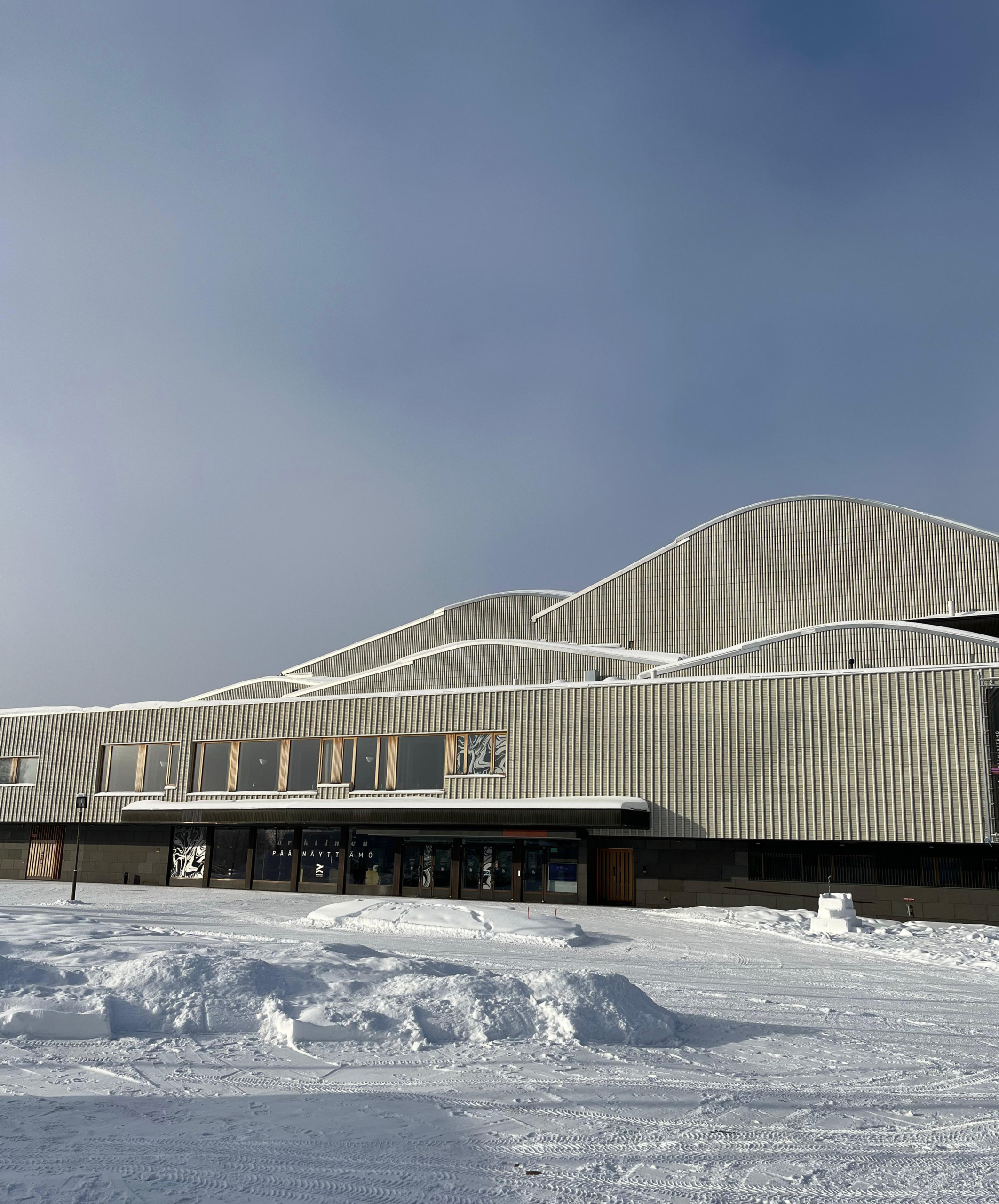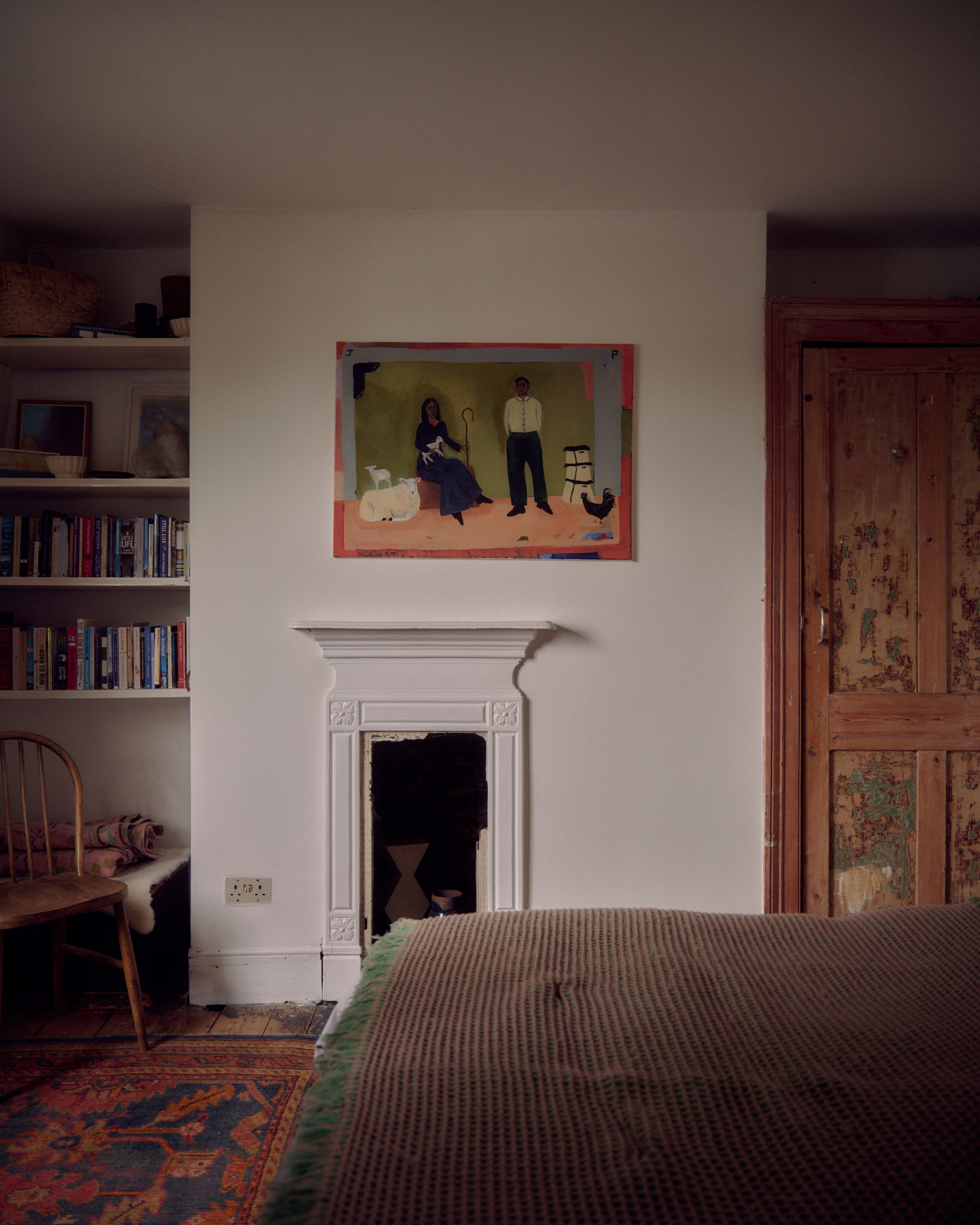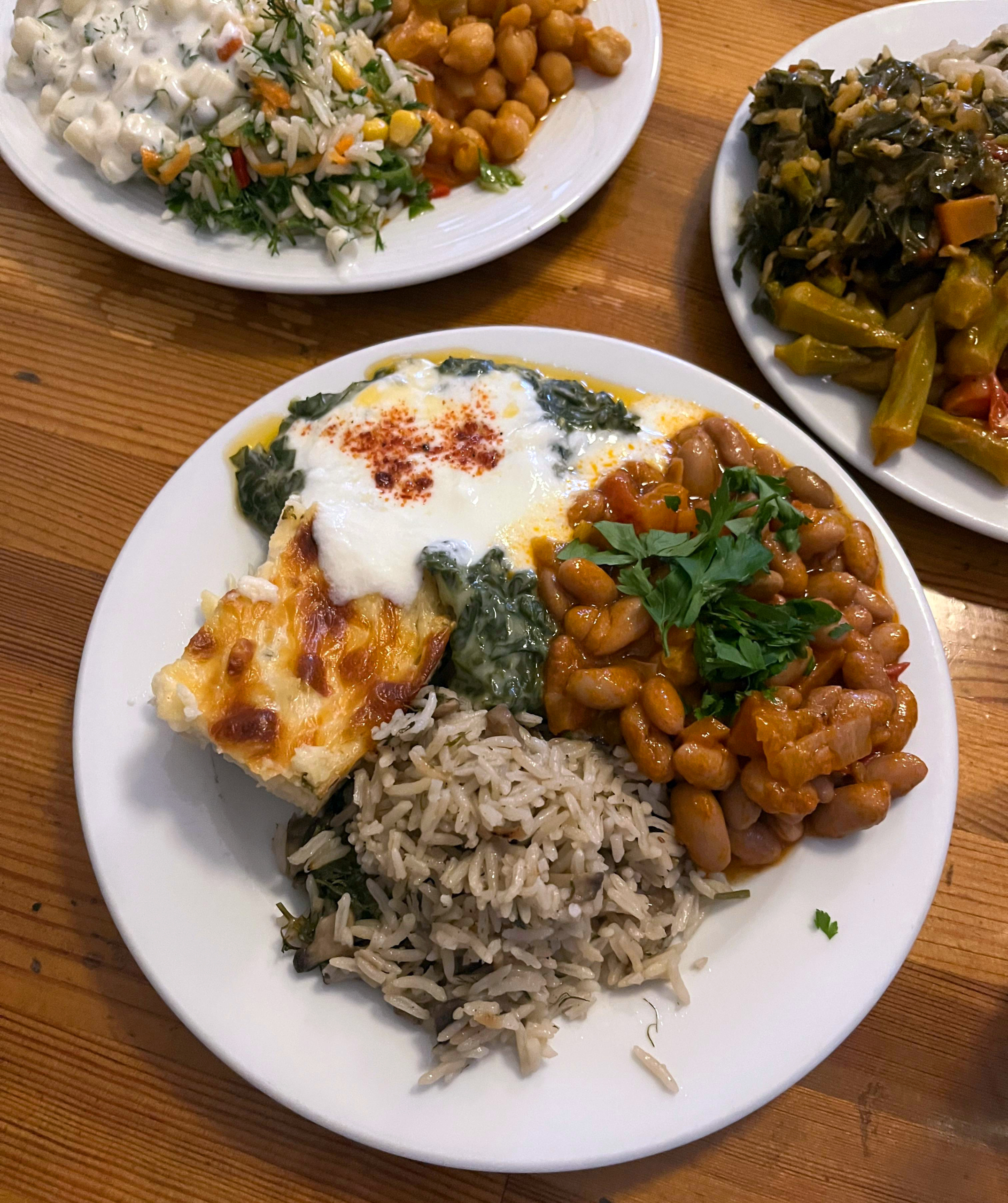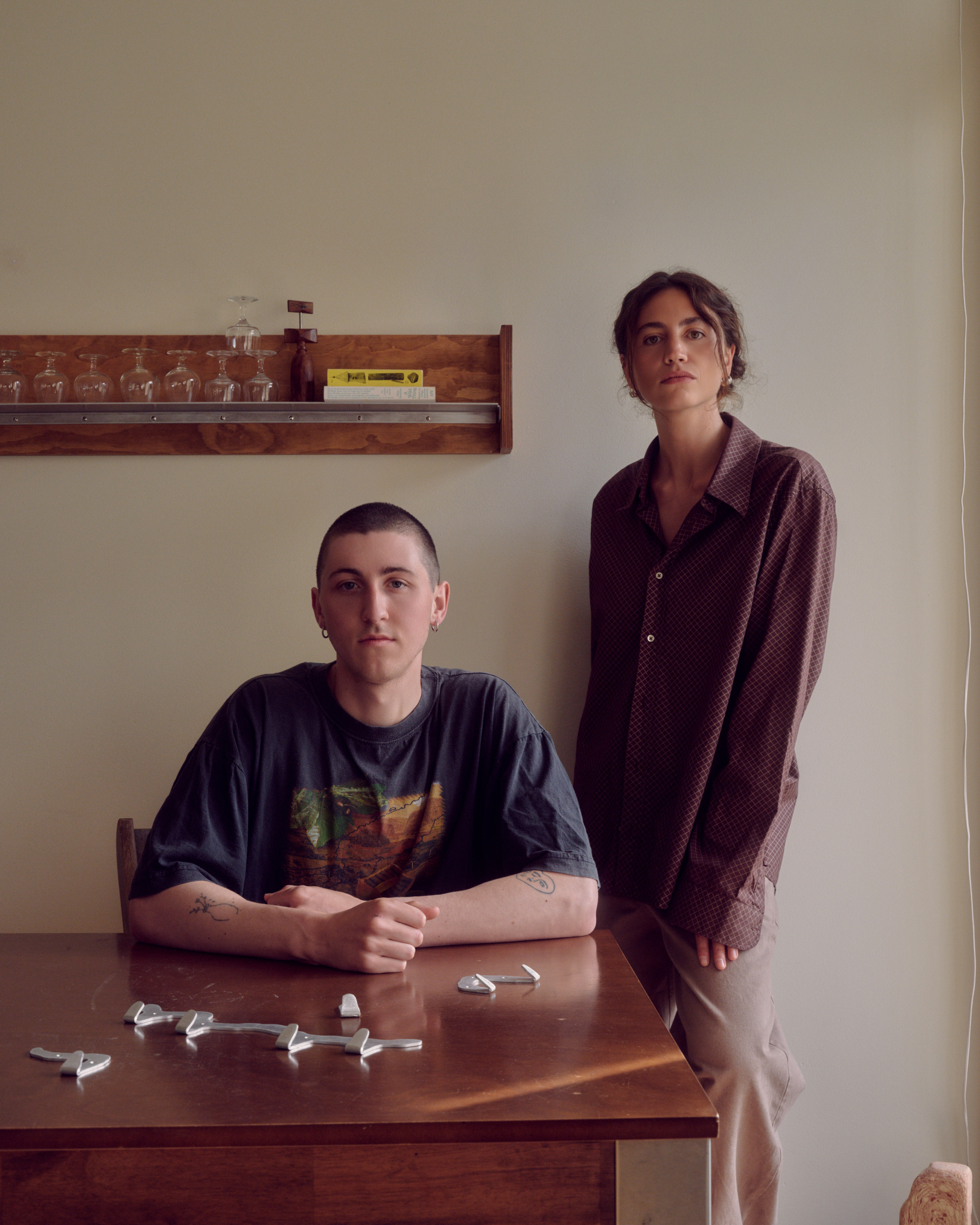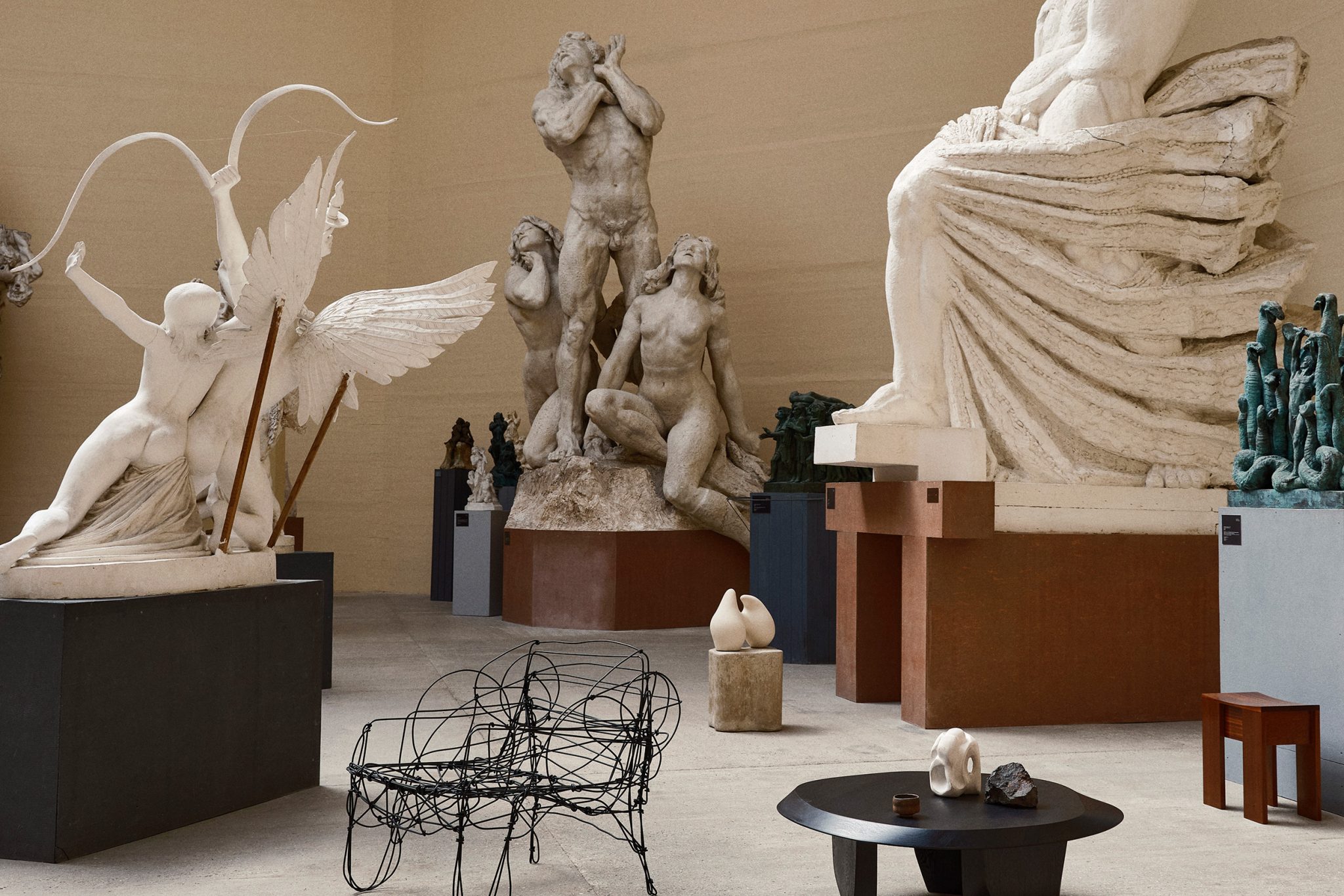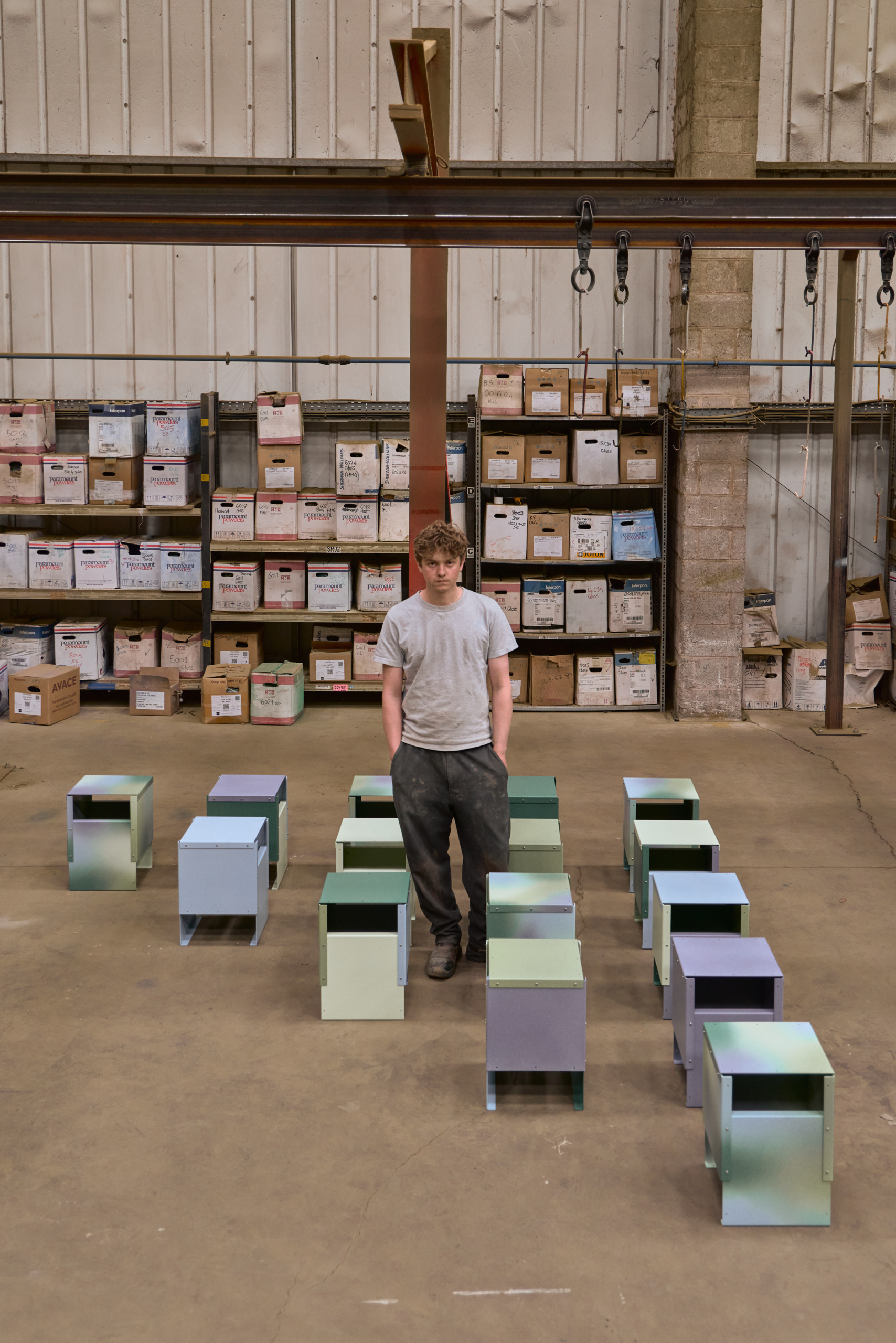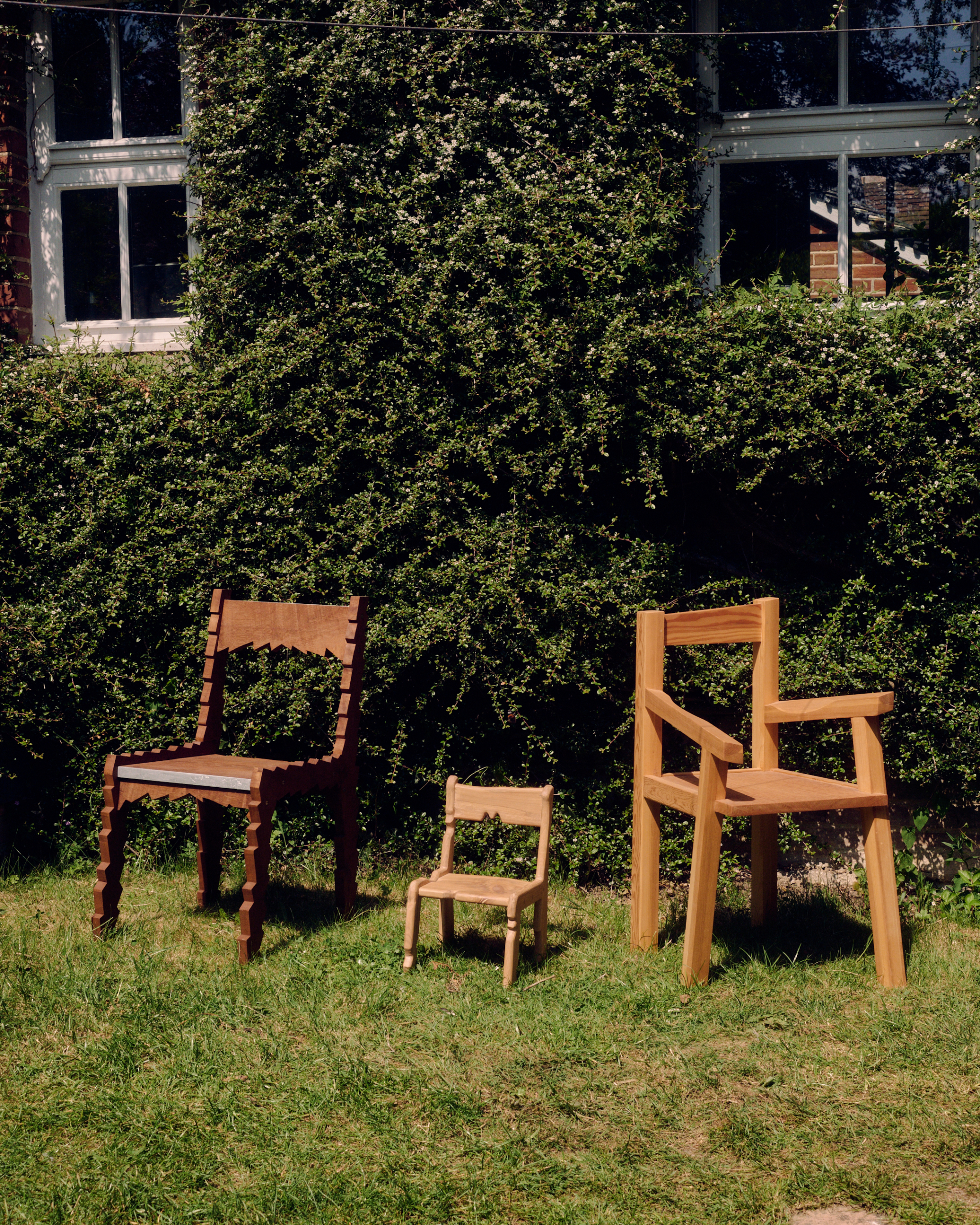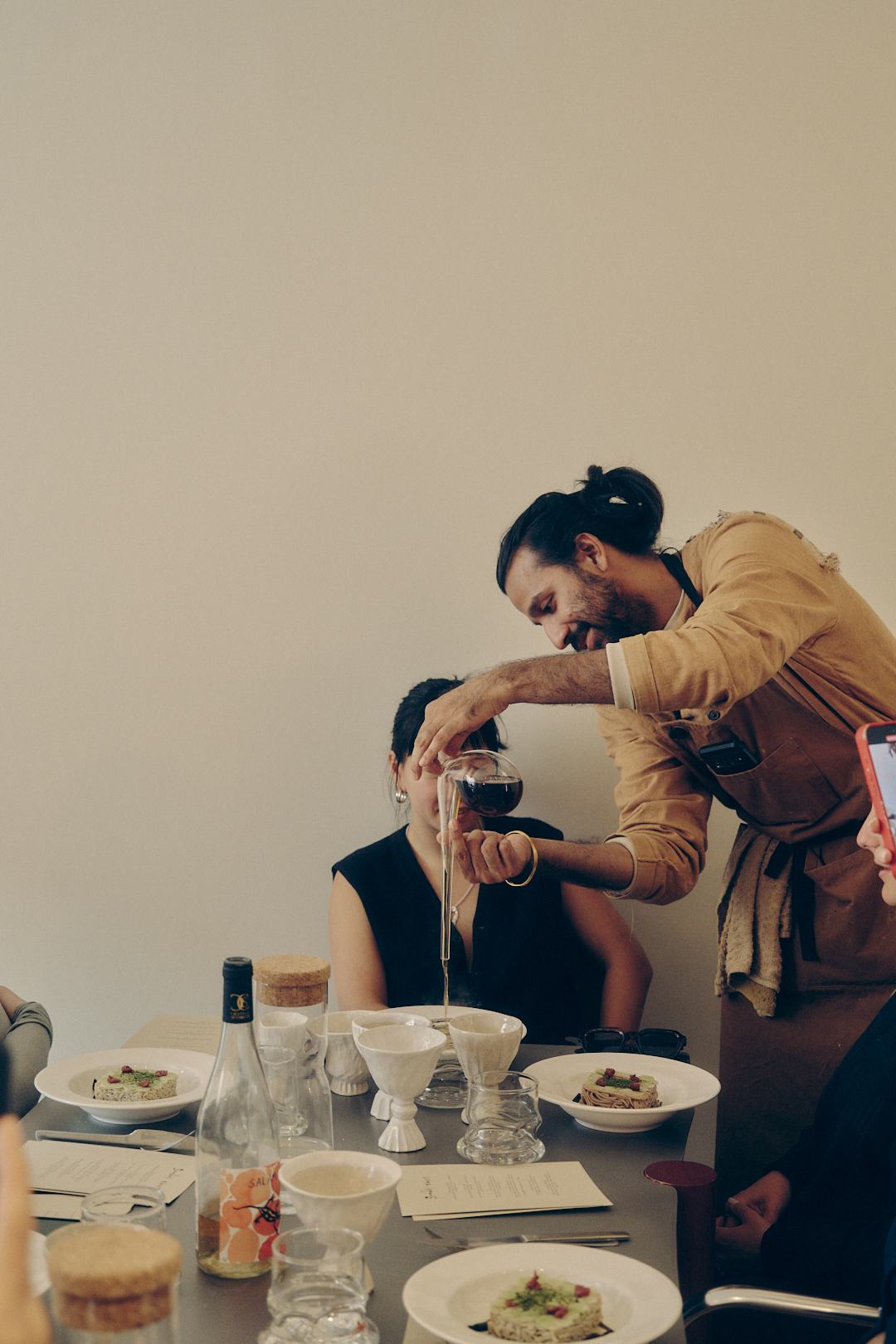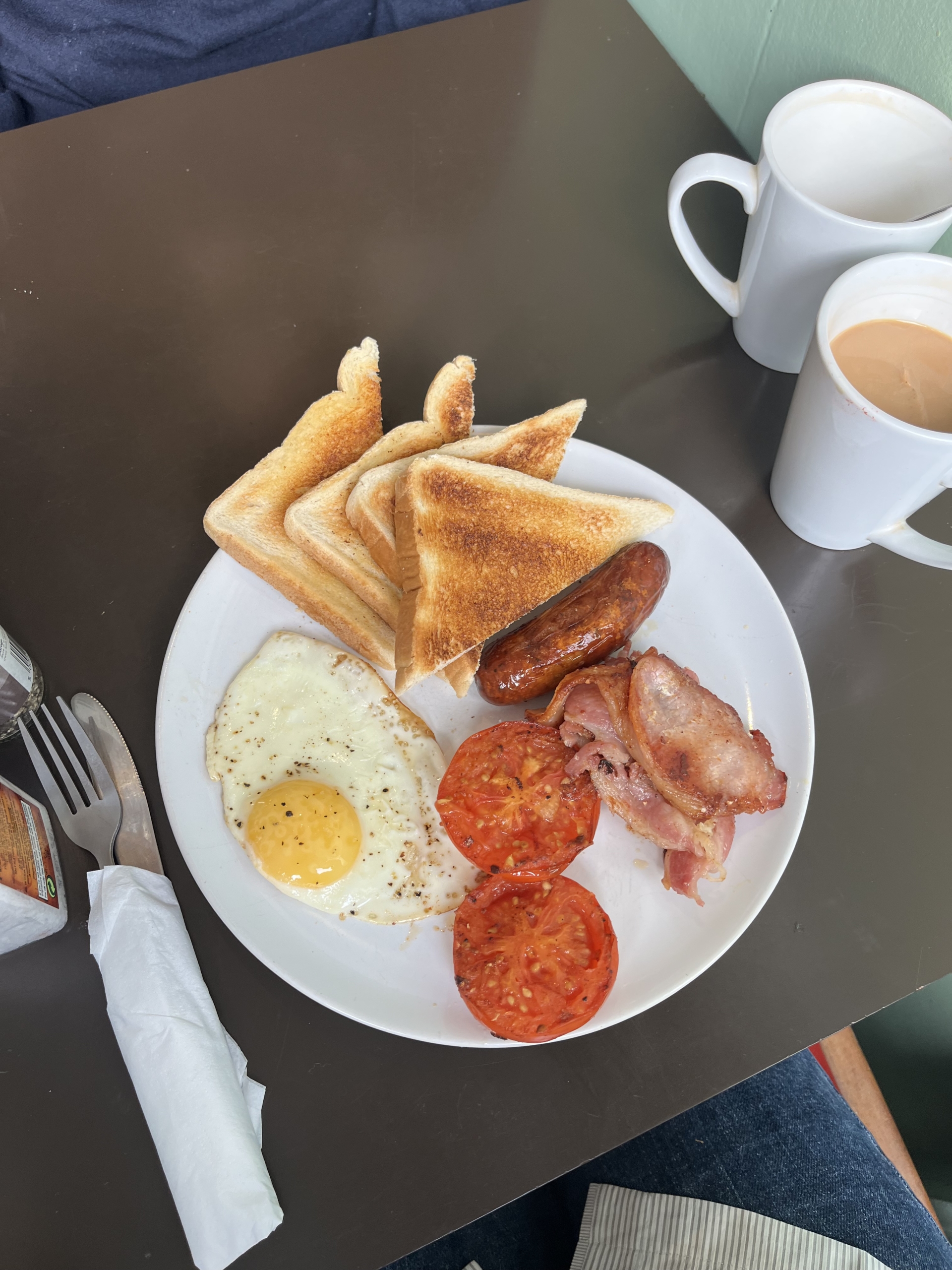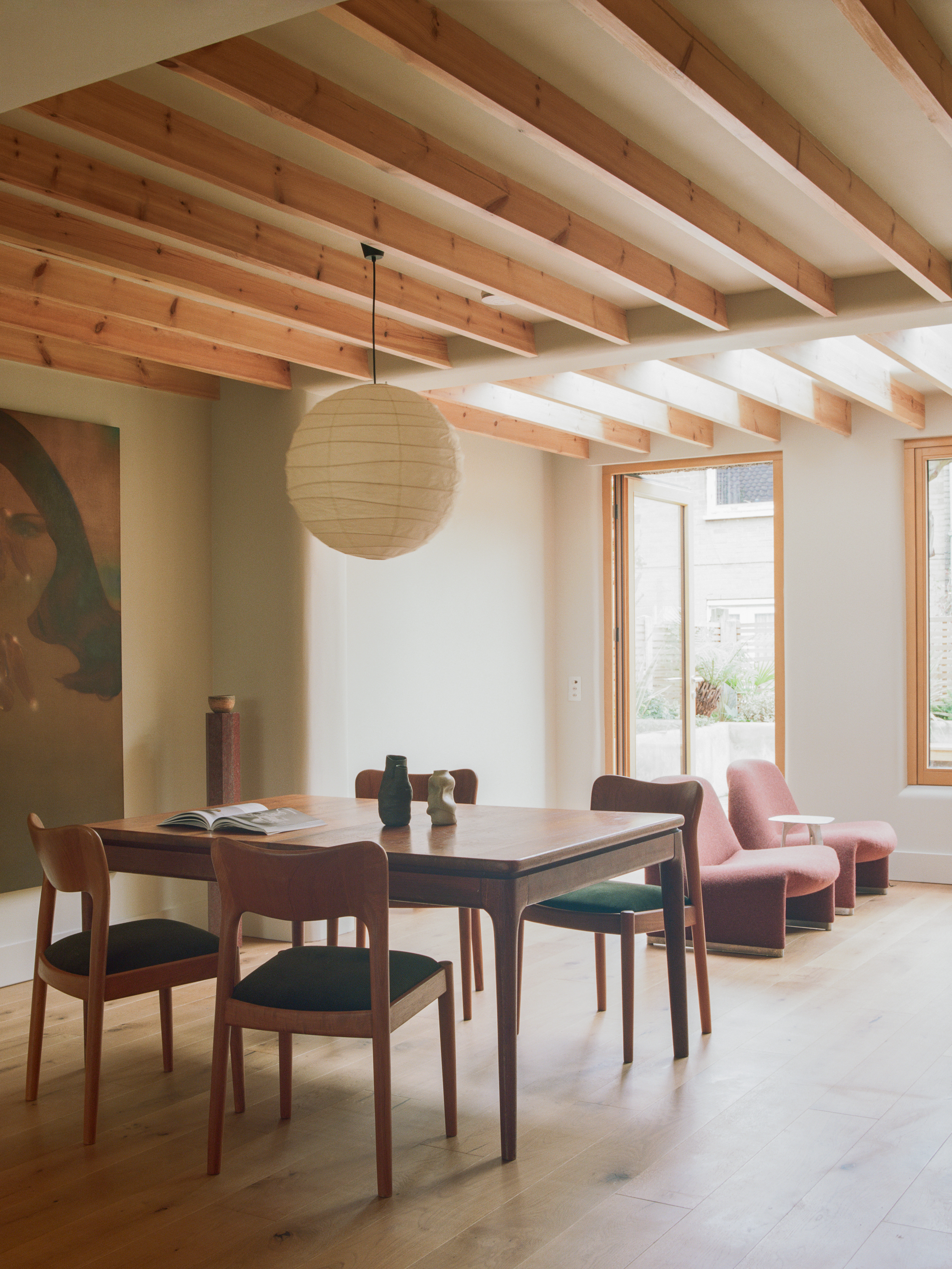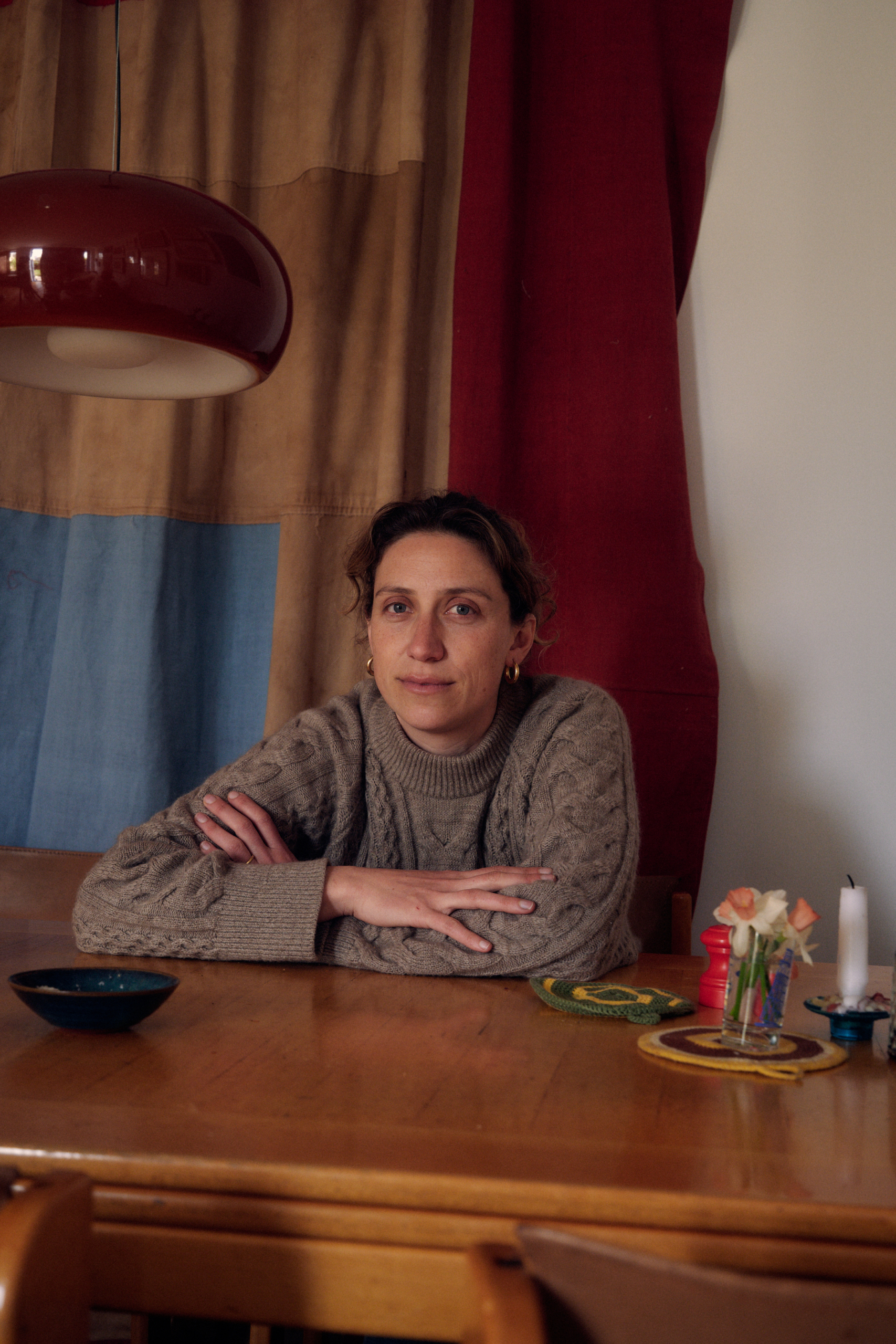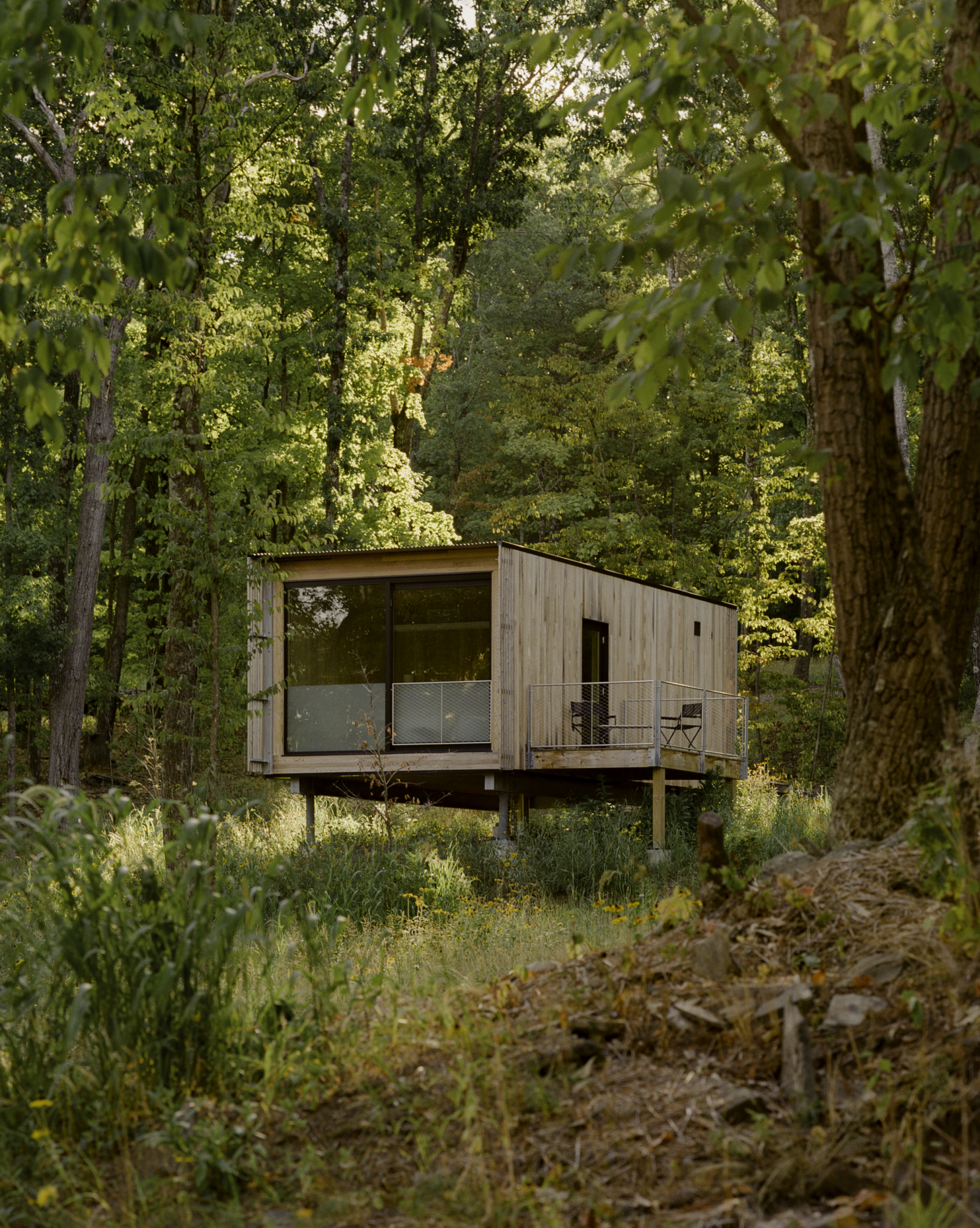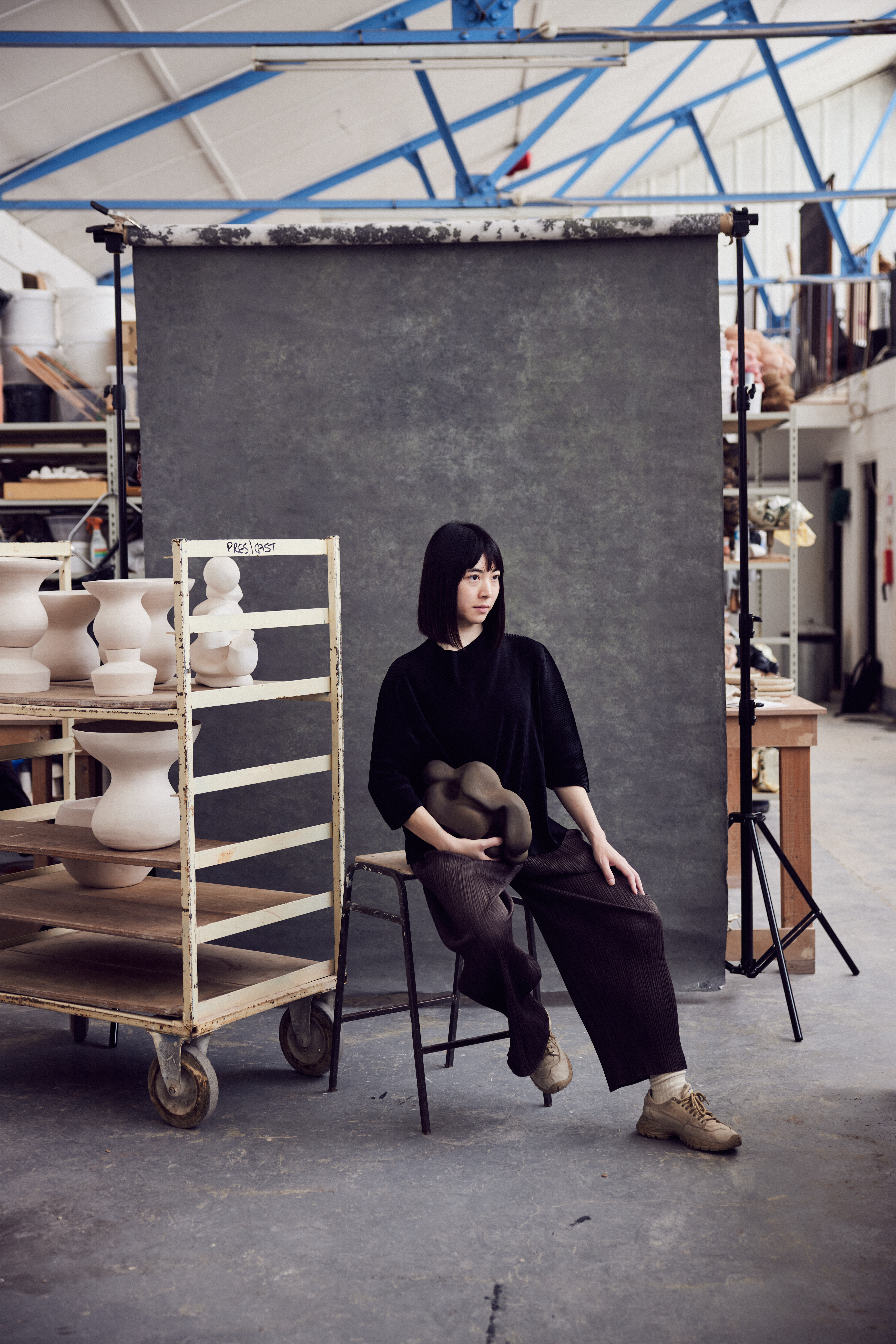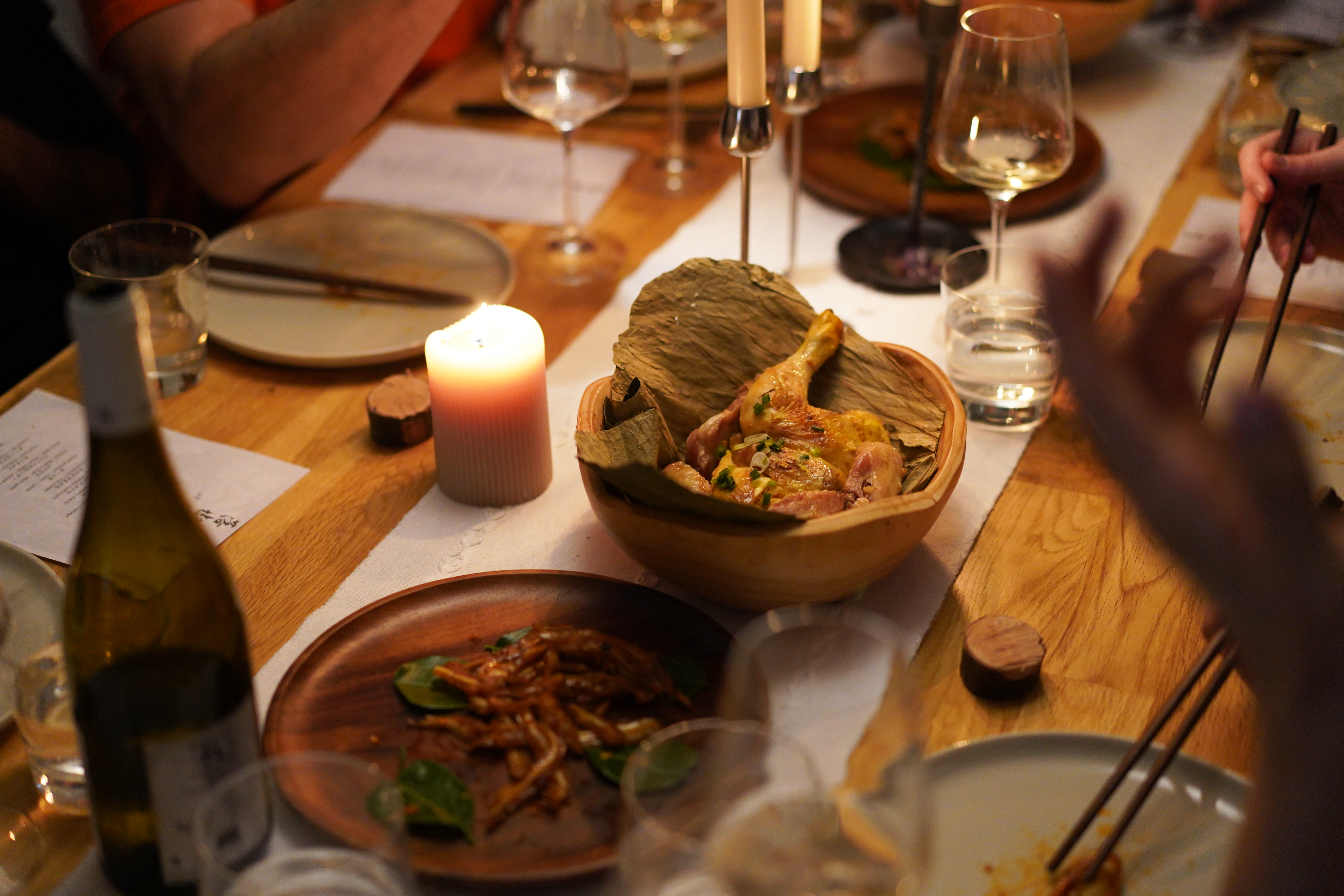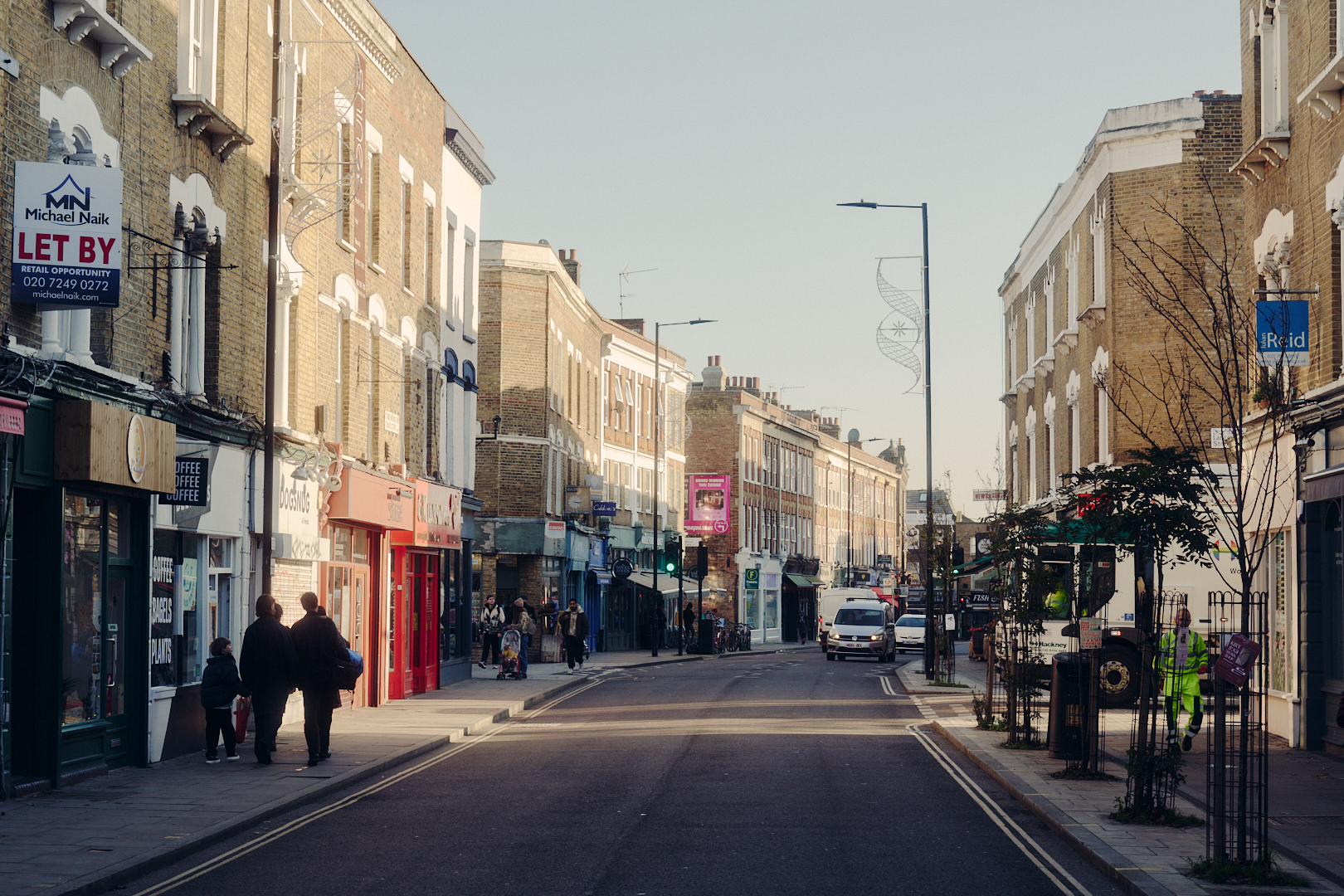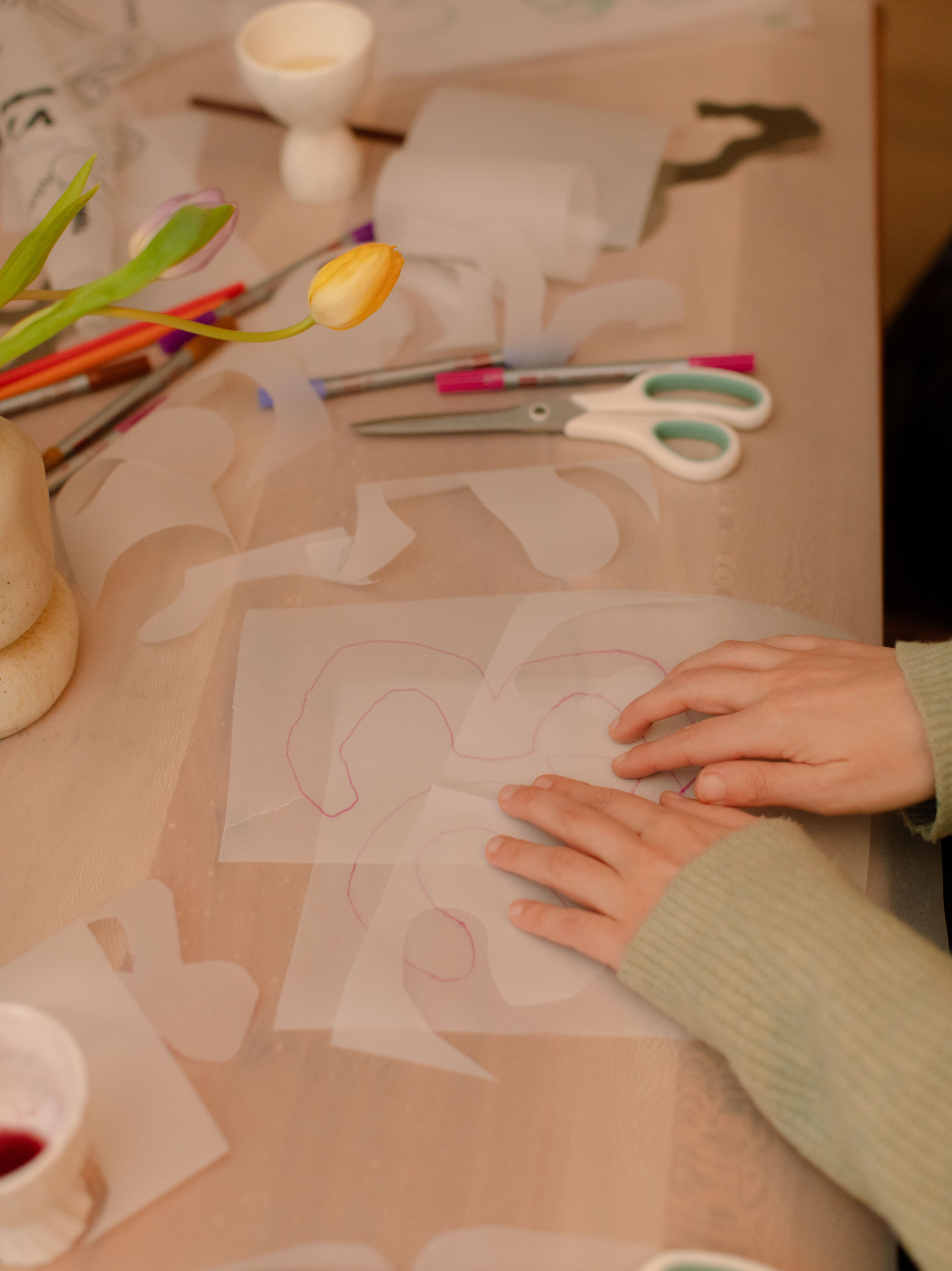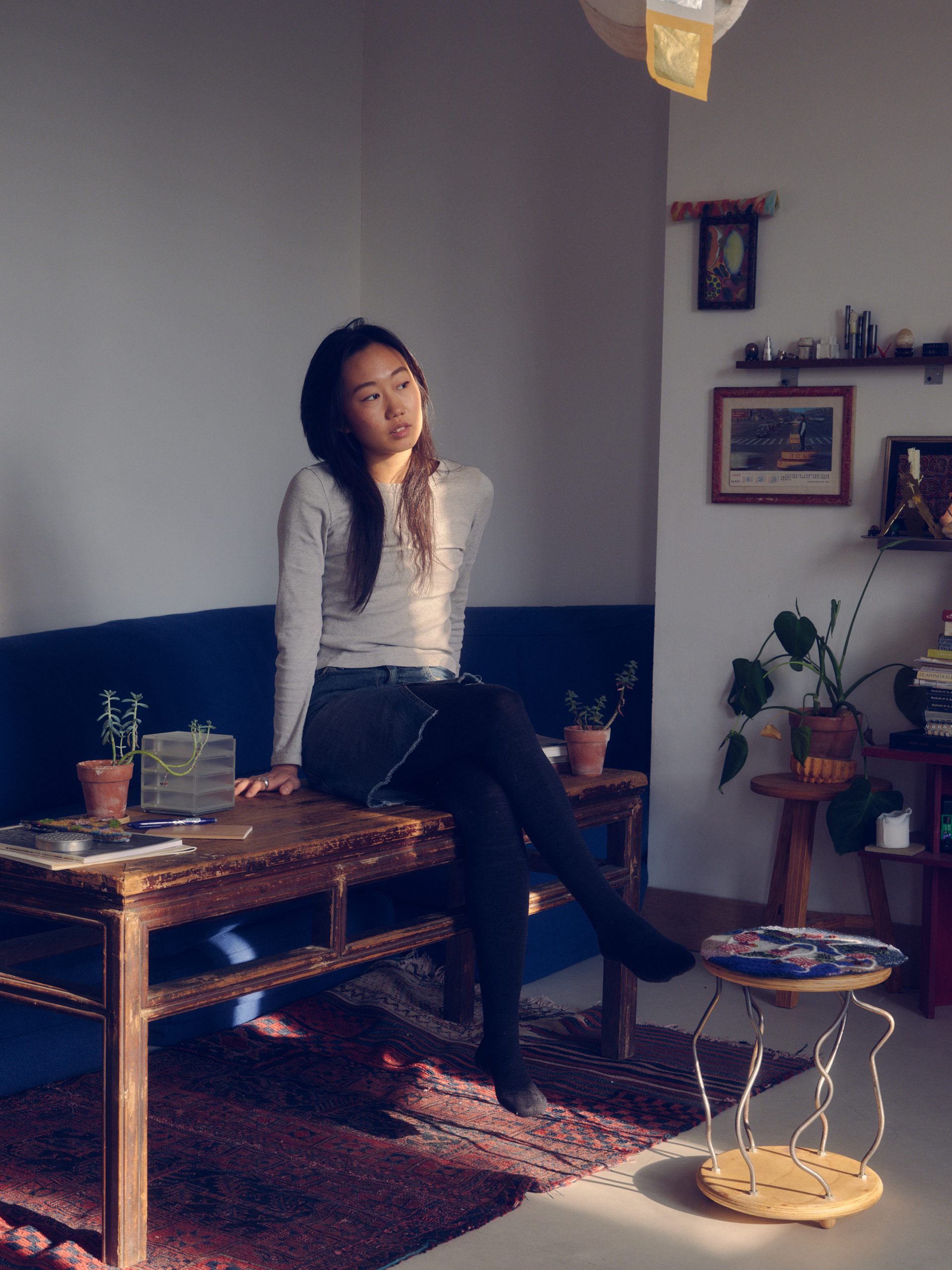The Fluent Creativity of Liyang Zhang
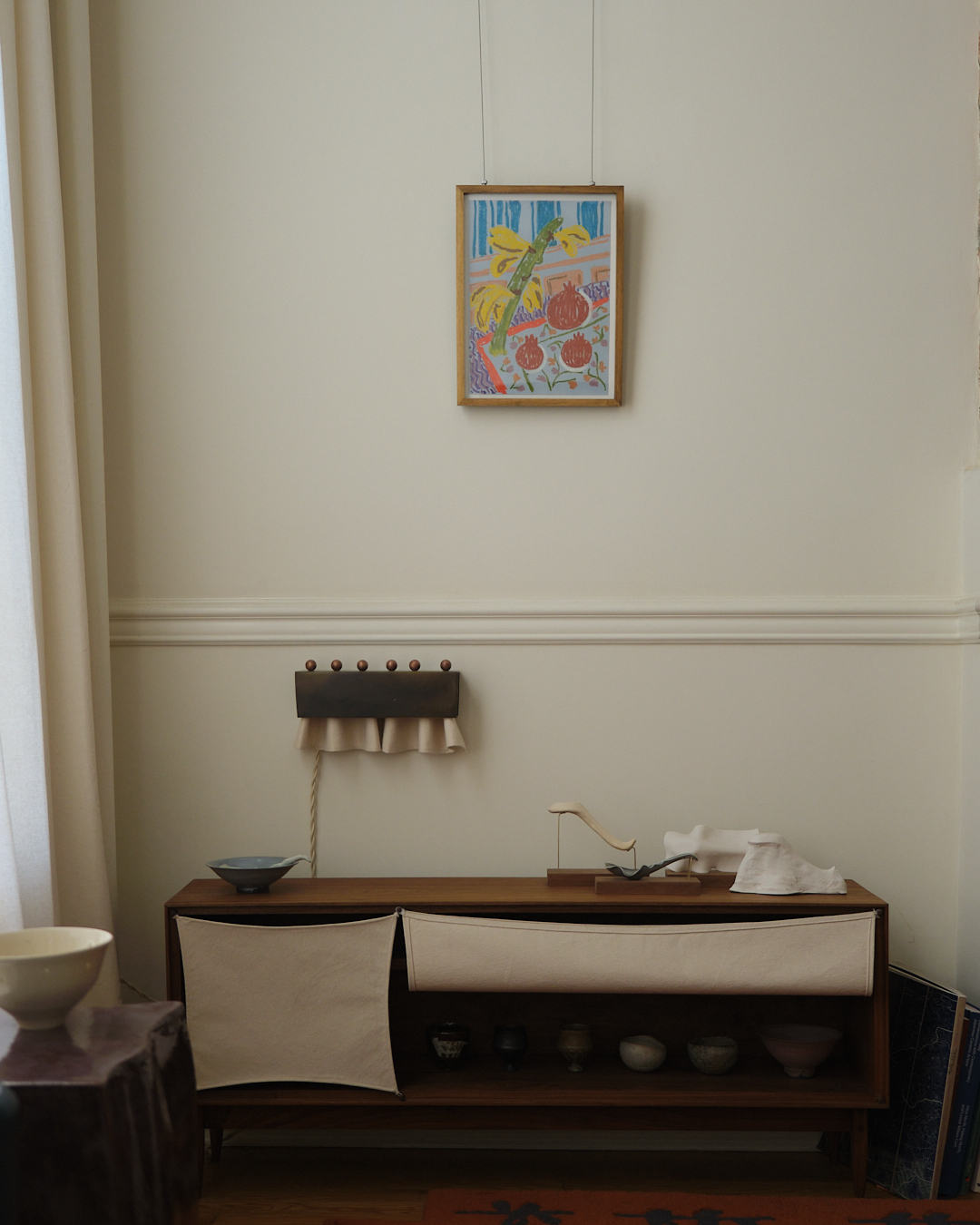
We recently made a visit to New York City for our debut as Flawk Gallery and our first-ever international show. There, we presented Detritus, a collaborative collection between Flawk founder, Ashley Law, and Louis Barrett, but we also made time to stop by the homes of some designers and makers we’ve, until this trip, only admired from via their Instagram feeds. First up, we headed to Brooklyn to meet architect and ceramicist Liyang Zhang…
In a brownstone apartment in Fort Greene, Brooklyn, Liyang Zhang is building a practice shaped as much by instinct as by training. A Chinese-Canadian architect and artist, Zhang describes her work as a conversation: between herself and the material, between architecture and ceramics, between process and play. “If I don’t make things, I feel like my mouth is taped shut,” she says. “I’m not great with words, but through making I feel like I can communicate.”
Zhang’s path to this point has been restless, much like the spirit of her practice. She was born in Osaka to Chinese parents, raised near Toronto, and studied architecture at the University of Waterloo in Ontario. But it was only in graduate school, grappling with the weight of a thesis, that she found her way into making by hand. “Architecture never really clicked until I started ceramics,” she explains. “I was so frustrated by all the factors that cloud design: politics, economics, geography. I wanted to strip it back to proportion, light, weight. Once I started working with clay, architecture suddenly made sense again.”
That realisation unlocked a hybrid practice in which architecture and ceramics are less distinct disciplines than parallel ways of thinking. For Zhang, both are rooted in the elemental. Her Quarry Cup in black porcelain, with its smooth bowl and raw, slab-like base, invites contemplation on both geology and the qualities of the material. “I feel like 50 percent of the work is me, and 50 percent is the clay,” she says. “It’s a dialogue. If I have too much control, I lose interest. It’s the surprise, the magic, that keeps me going.”
This openness to accident and intuition threads through her objects. A wall sconce began as a sketch of contrasts – “the masculine, pure form at the top, and the soft raw canvas at the bottom” – and became a piece in which ceramic beads slide along a track, opening and closing a pleated textile curtain. Brutal and soft, structural and improvised, it reflects her ongoing fascination with architectural forms like London’s Barbican, which she studied obsessively as a student.
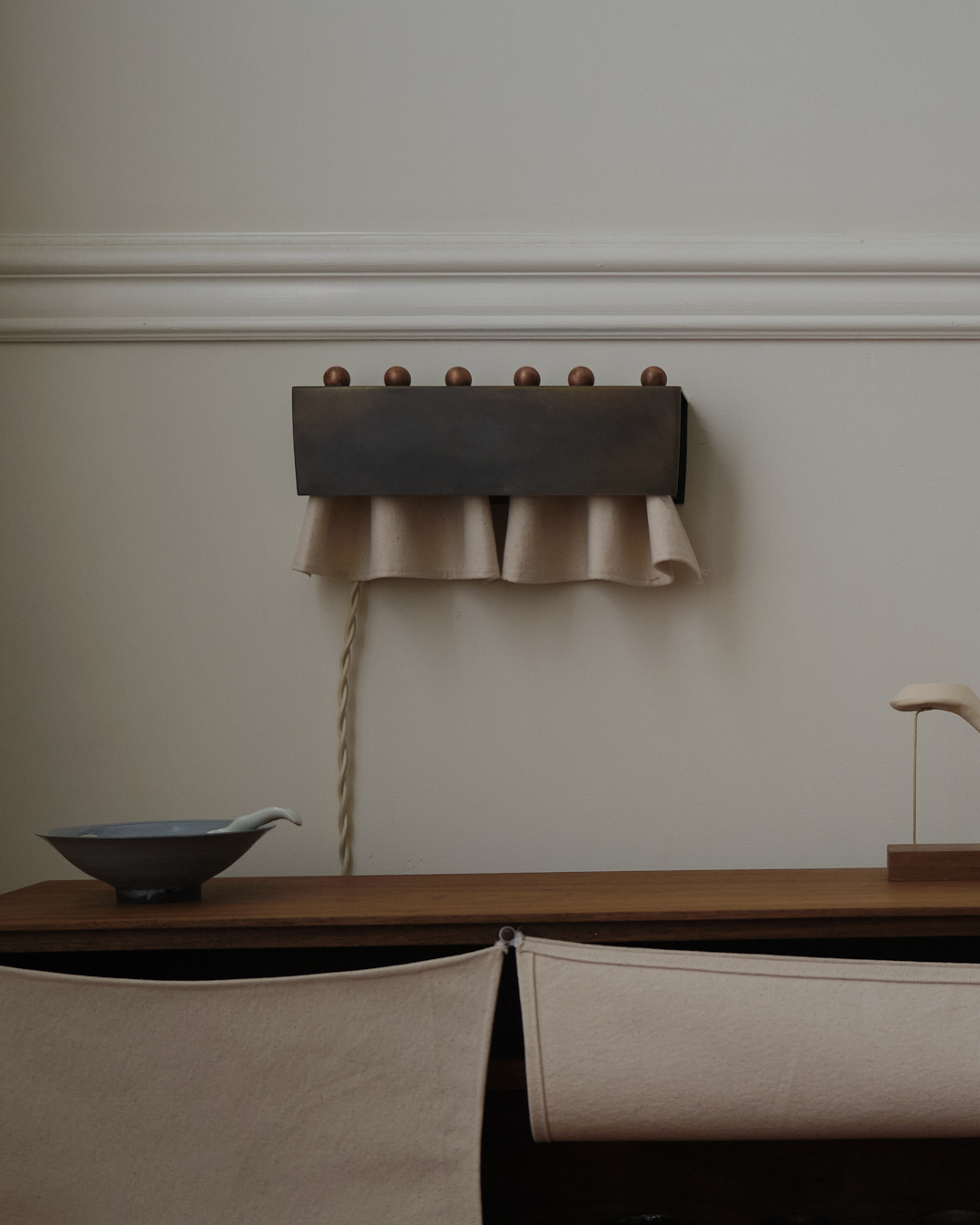
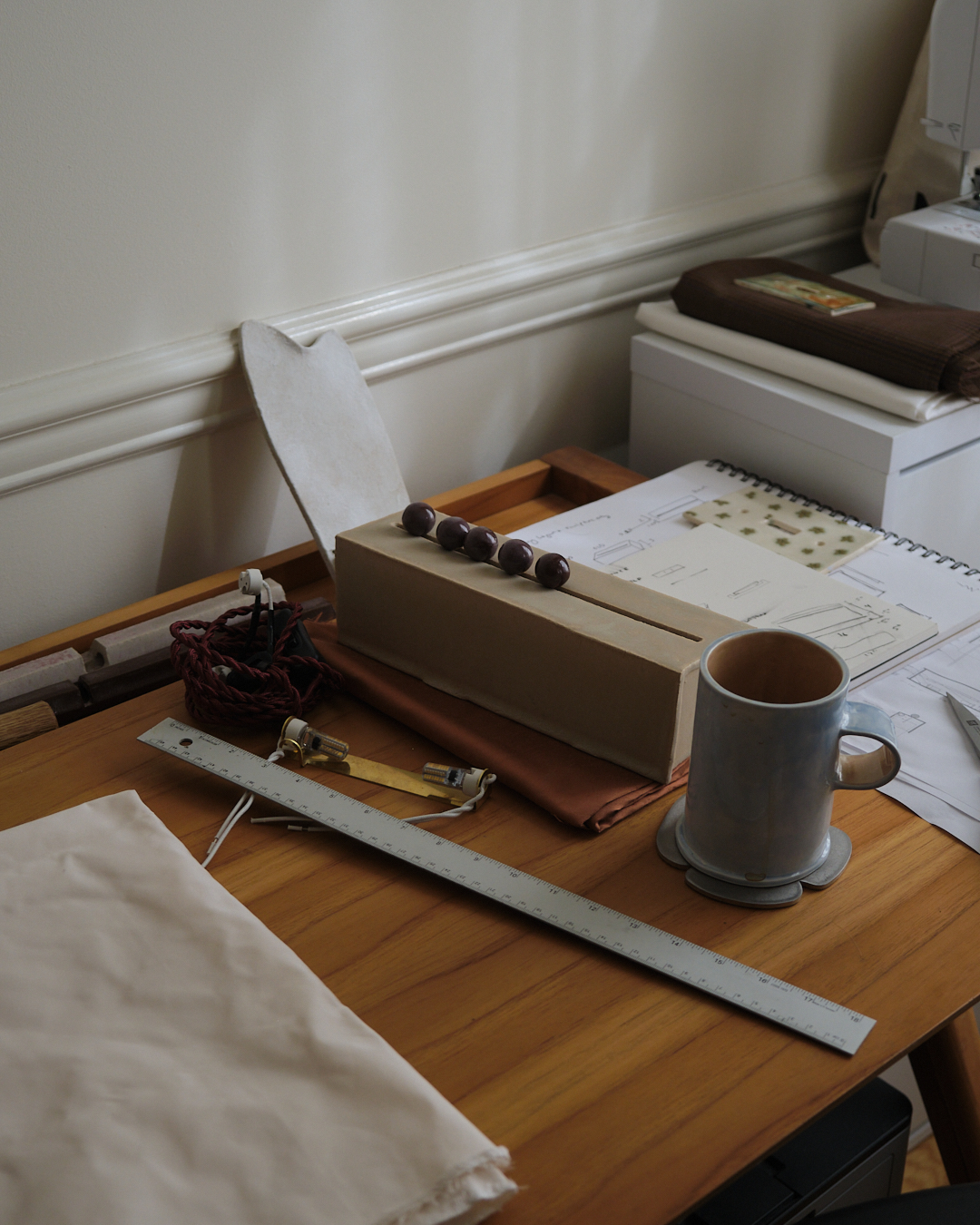
The bridge between disciplines extends into her daily rhythm. By day, Zhang works in a residential architecture office, drawing details down to the last detail; by night and weekend she heads to her ceramics studio, tinkering for hours. “I can’t make the same thing twice,” she admits. “I’m terrible at sticking to a plan. I just need to play, to keep trying things.” Increasingly, she’s experimenting with translation: remaking clay pieces in metal with a local fabricator, or thinking of her work in other materials altogether.
Her home reflects this same refusal to stay fixed. “It’s my fifth apartment in New York in six years,” she says. “I’ve never felt too precious about space. Everything has to move around to make space for making: the couch slides, the kitchen counter becomes a workbench. Nothing is permanent.” Yet the brownstone’s living room has given her new scope to host, and she leans into that with the same creativity and curiosity as her work.
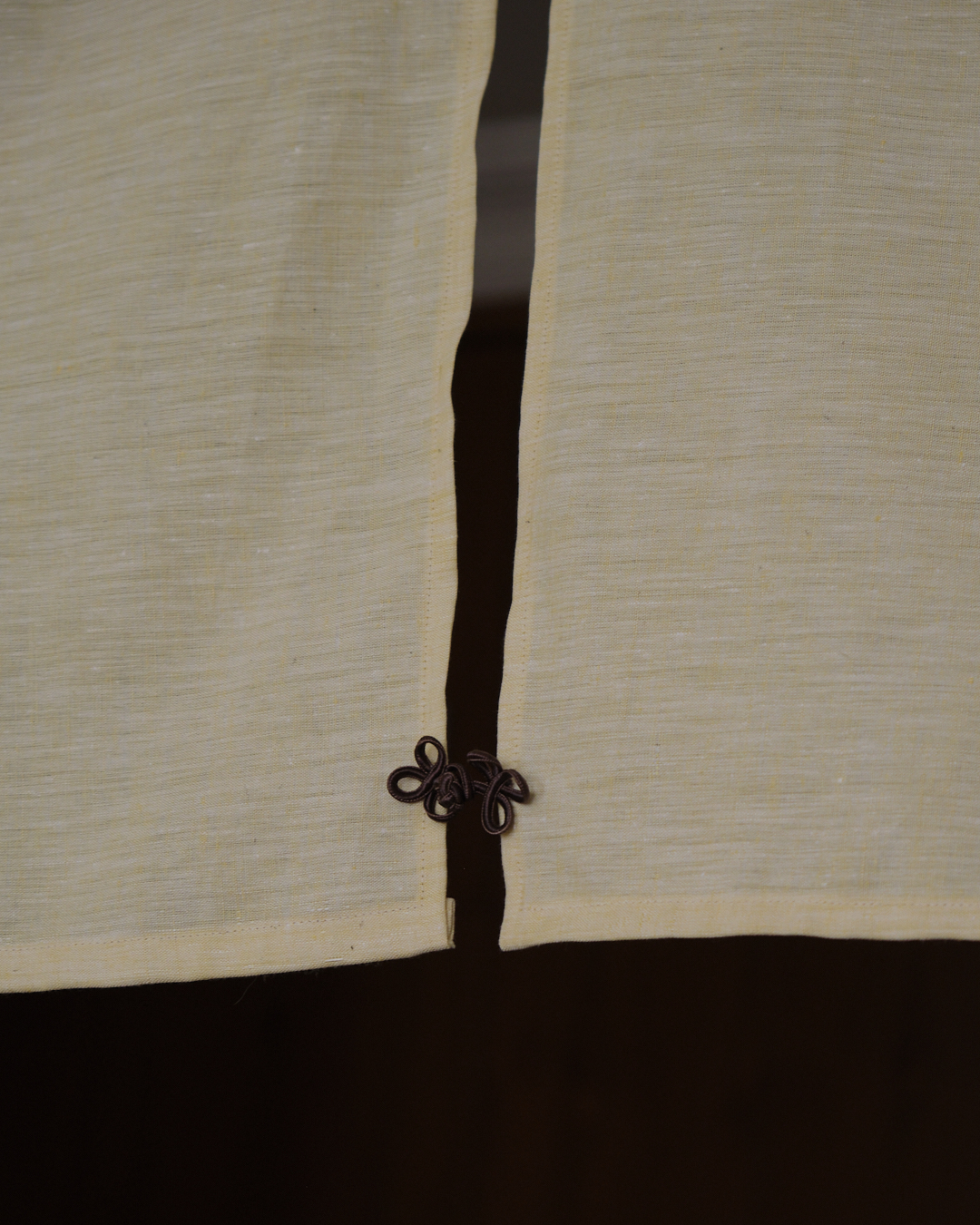
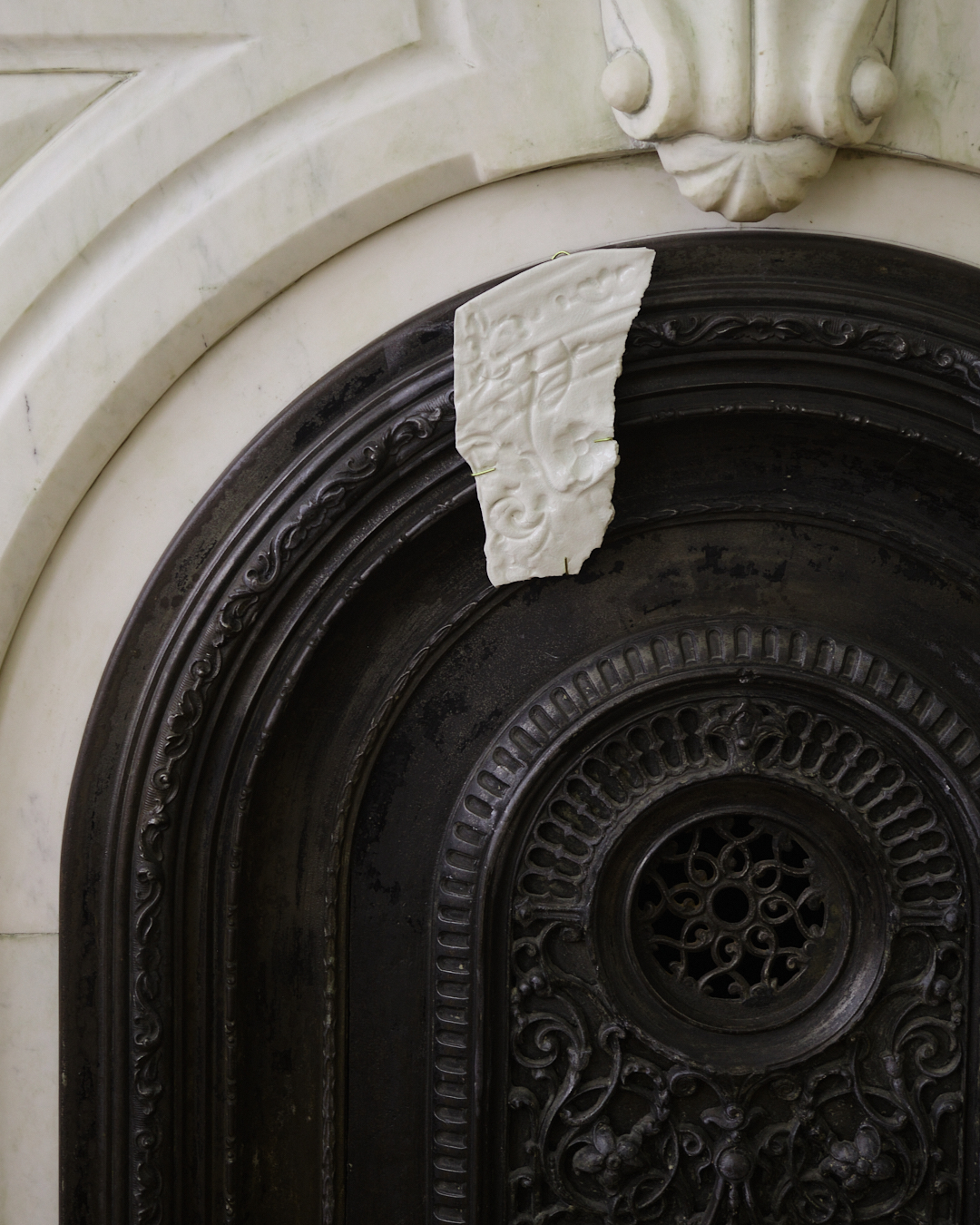
Dinner parties here are less domestic ritual than extensions of her practice. She cooks the food of artists and designers she admires: a surrealist-inspired Thanksgiving dinner in homage to Leonora Carrington, complete with fish pie shaped like a whole fish; or a Georgia O’Keeffe menu compiled from the painter’s eccentric recipes. “It wasn’t good,” Zhang laughs of O’Keeffe’s cottage cheese salad with raw onions and oranges. “But I think it’s interesting because you learn something about an artist through their food.”
These gatherings reveal another layer of her work: social, improvisational, unafraid of odd combinations. Friends eat off plates she has made with her twin sister, a fashion designer in Toronto. The two are plotting a shared platform where ceramics and clothing can sit side by side, exploring overlapping ideas of rawness, transparency, and form. “It’s the dream,” Zhang says. “To have a studio where we can do everything: architecture, ceramics, clothing. Just tinkering all day, making things.”
For now, the dream unfolds piece by piece. The studio, the apartment, the objects on the table: each one is provisional and shifting. Like clay on the wheel, Zhang’s practice finds its shape through the act of doing, aligning fragments into something whole. “The longer I work, the more I realise it’s all the same conversation,” she reflects. “Architecture, ceramics, cooking, hosting, they’re just different ways of asking why something is the way it is, and what else it could be.”
